Away from Home Virtual Exhibition
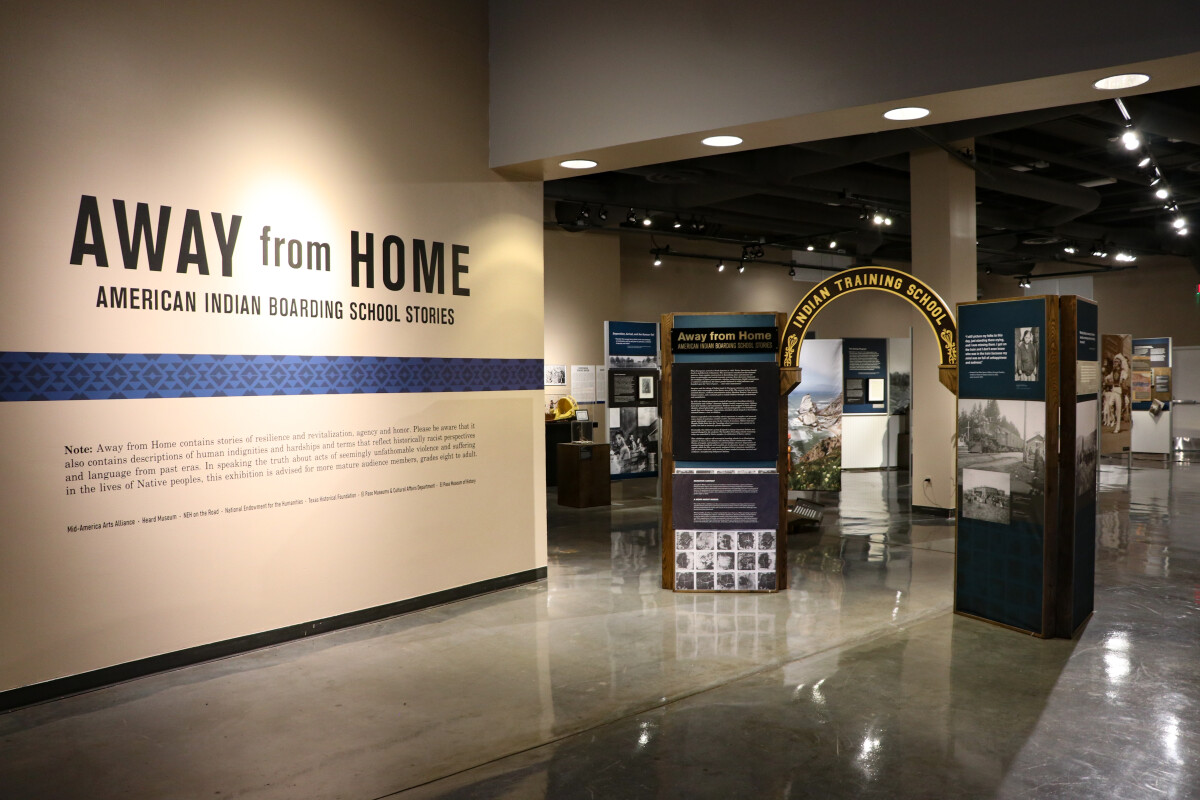
Away from Home Virtual Exhibition
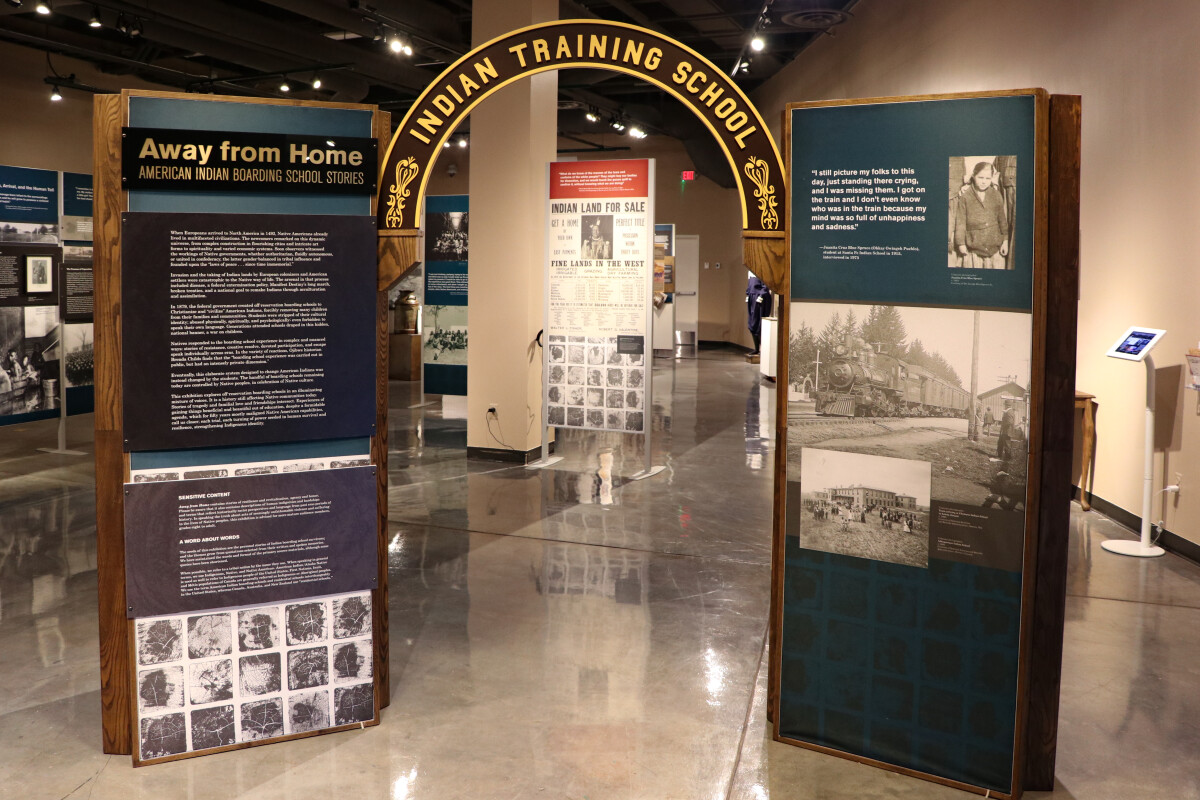
Away from Home Virtual Exhibition
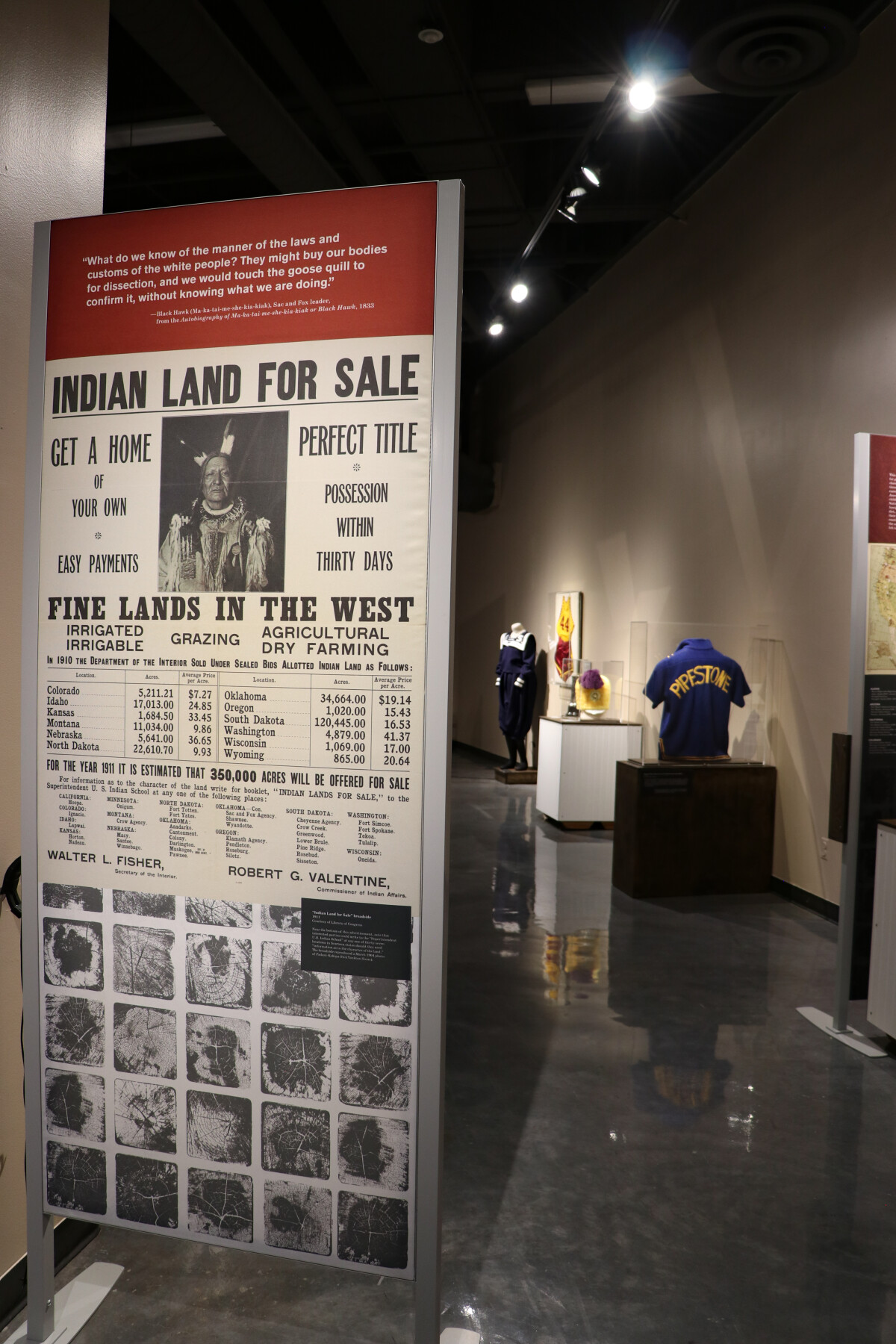
Away from Home Virtual Exhibition
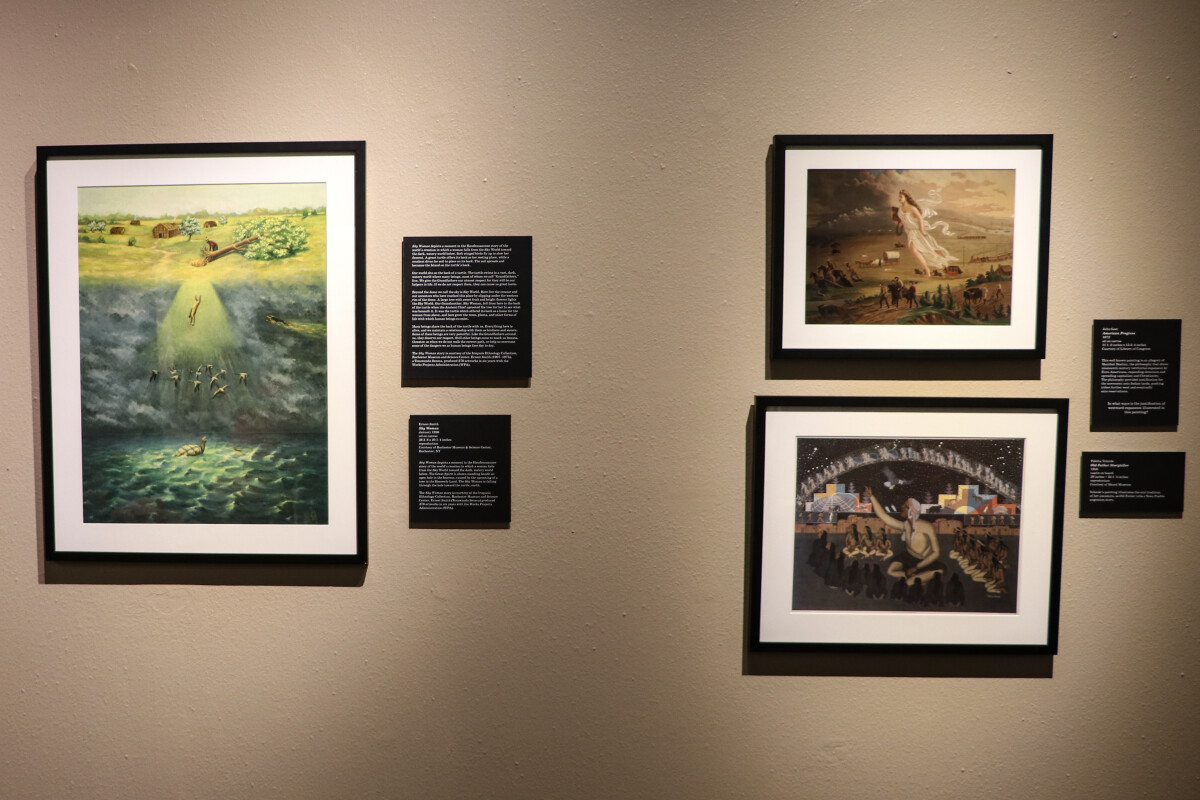
Away from Home Virtual Exhibition
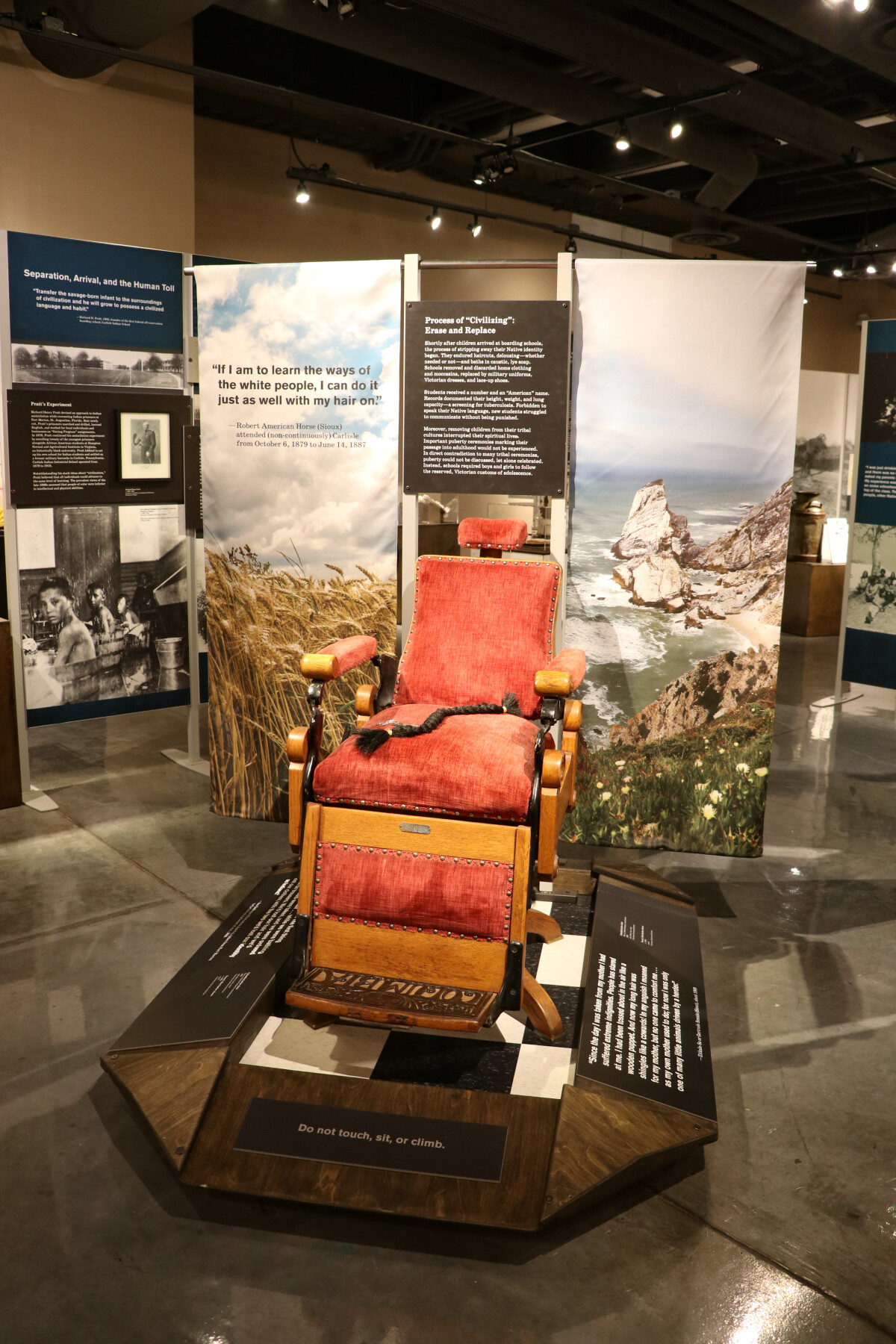
Away from Home Virtual Exhibition
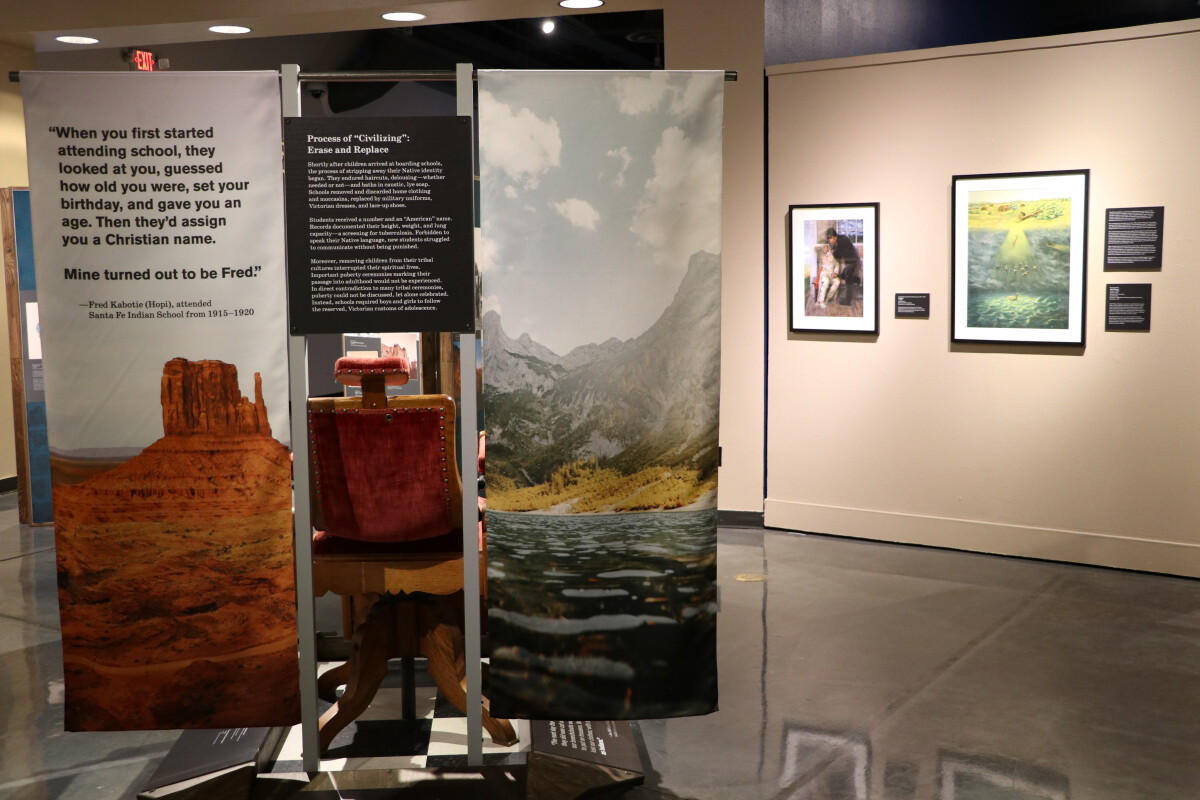
Away from Home Virtual Exhibition
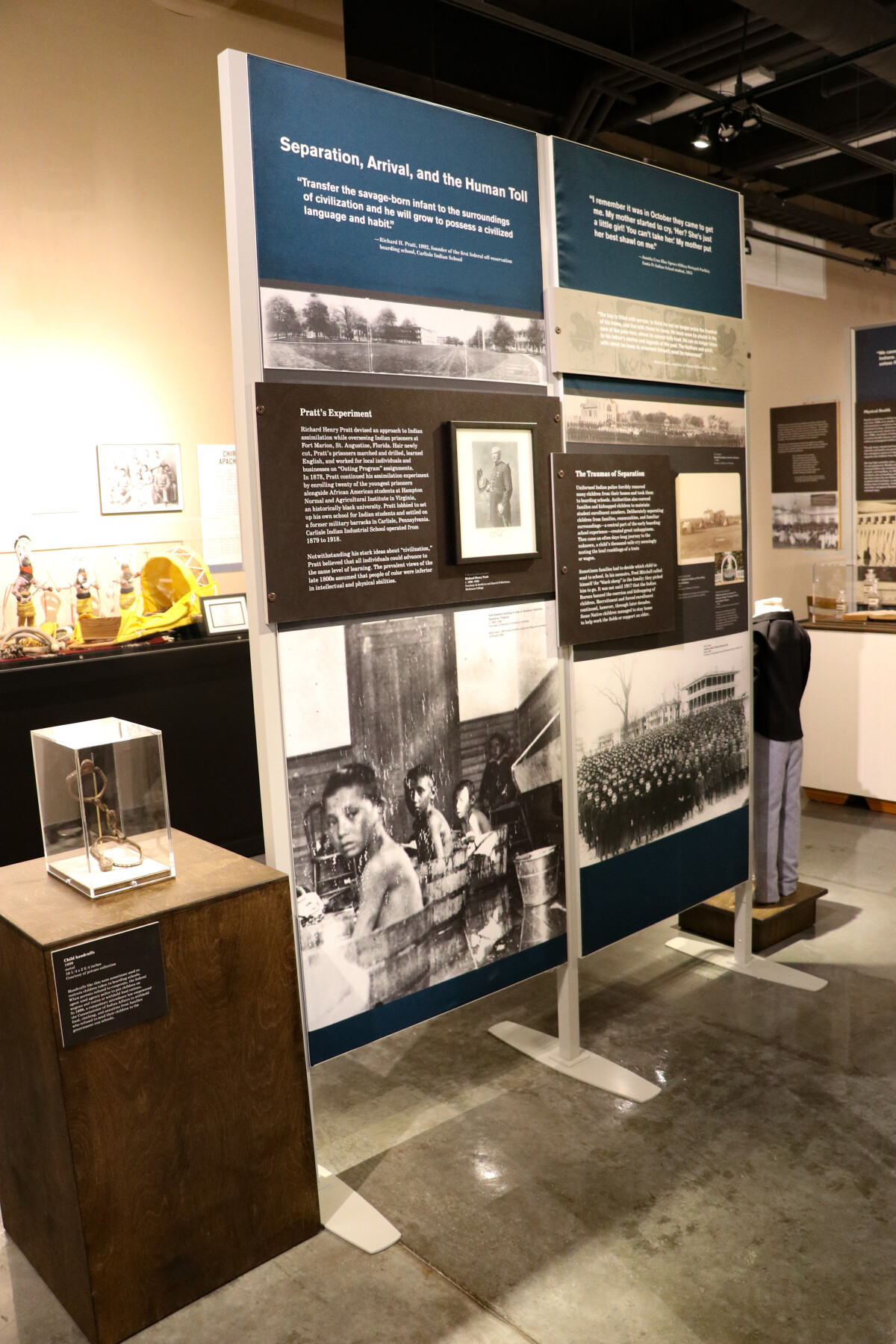
Away from Home Virtual Exhibition
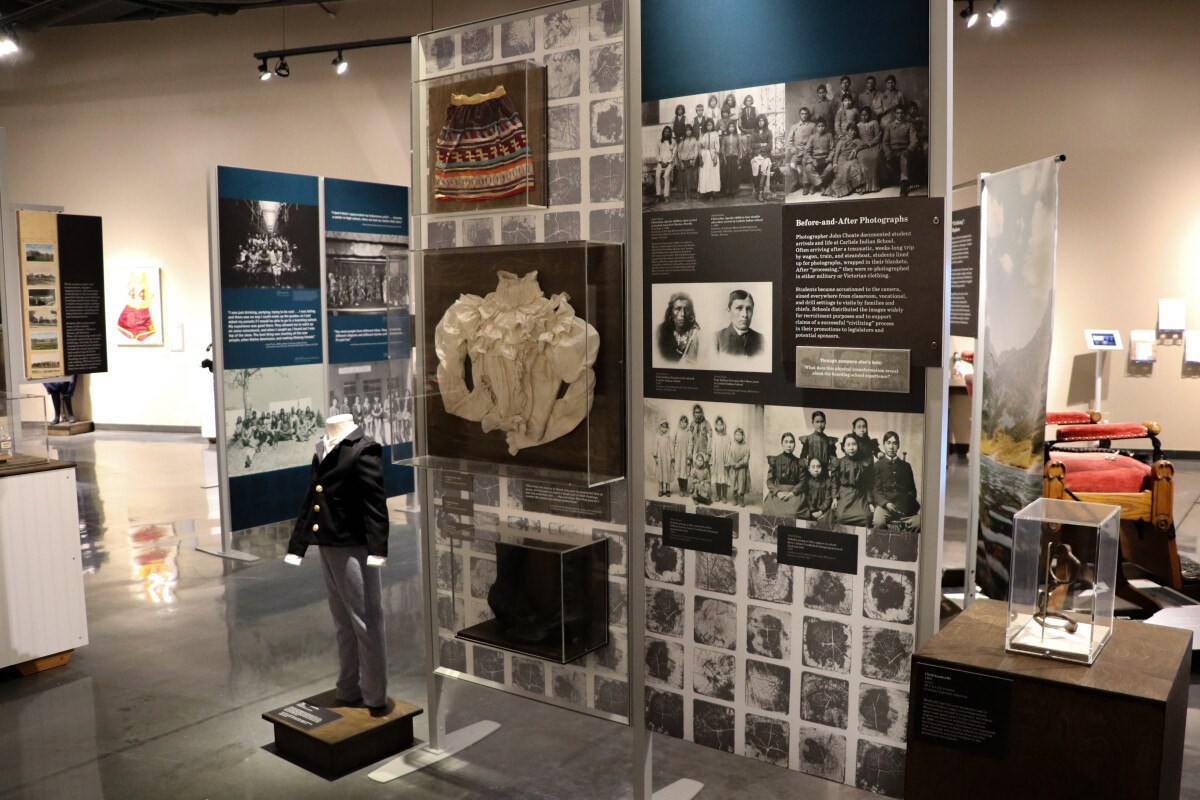
Away from Home Virtual Exhibition
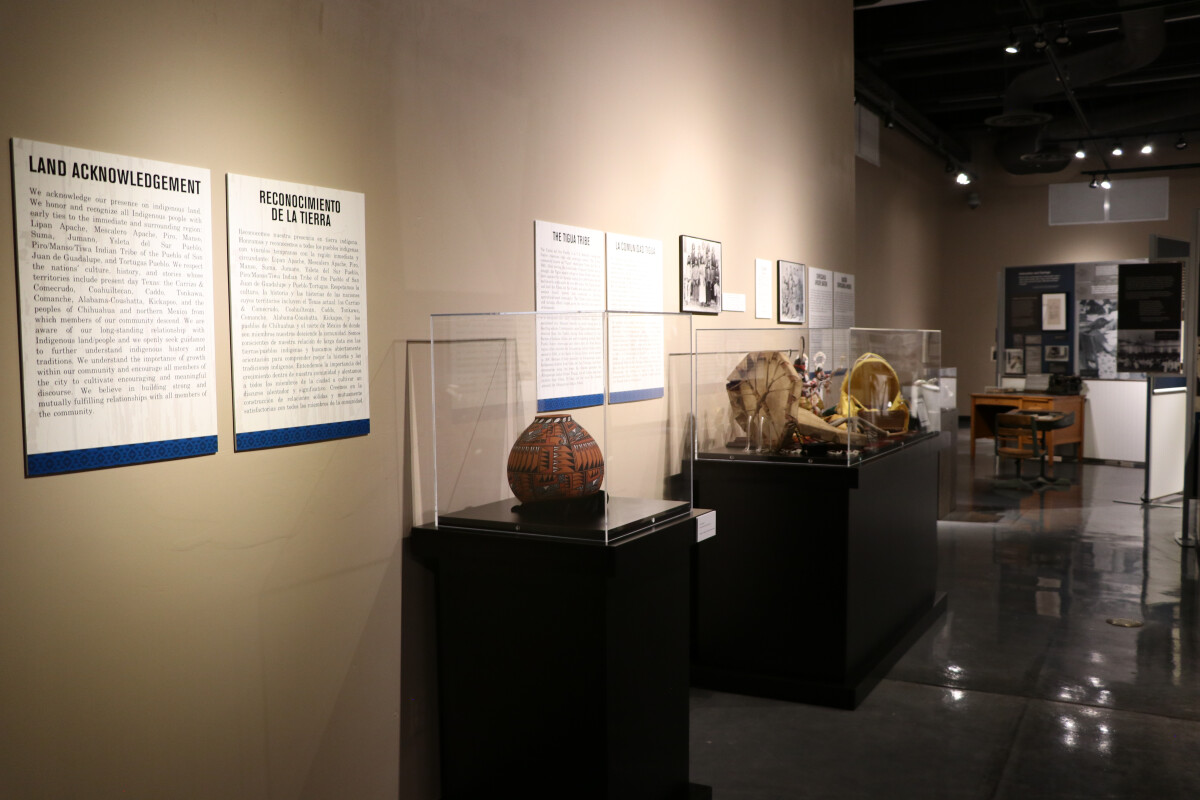
Away from Home Virtual Exhibition
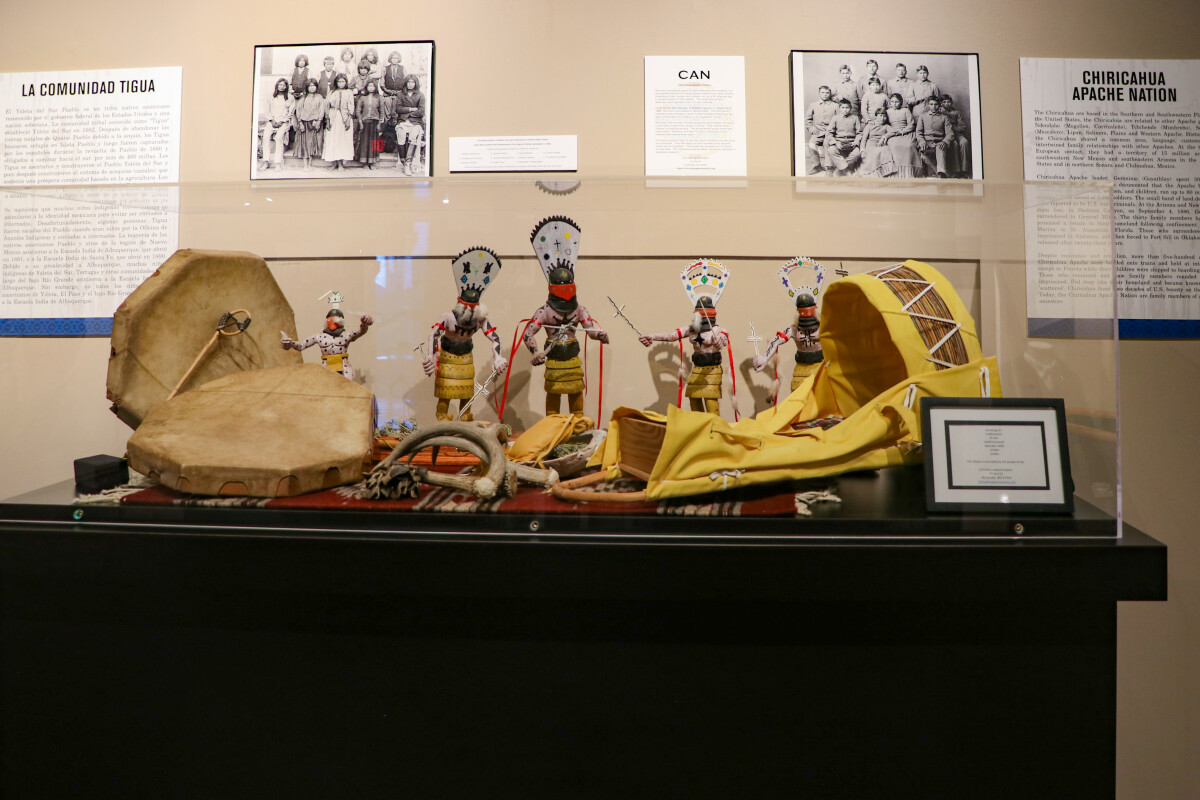
Away from Home Virtual Exhibition
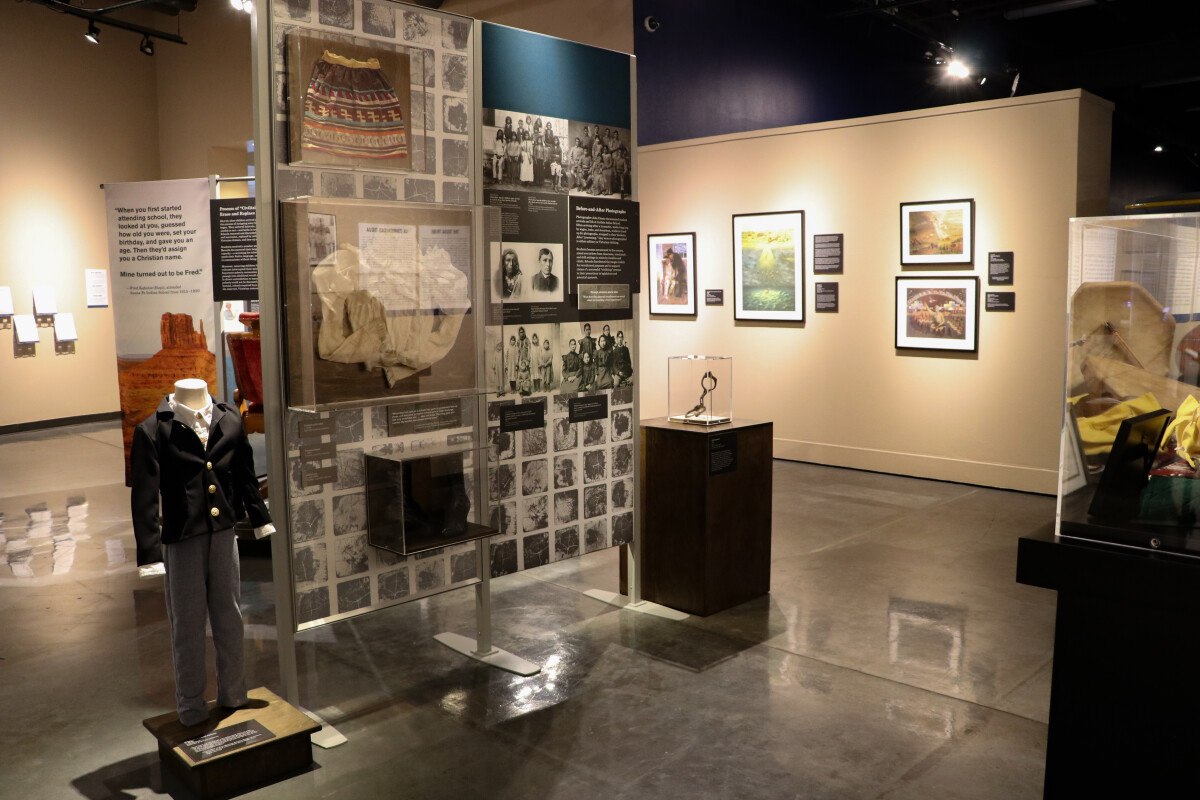
Away from Home Virtual Exhibition
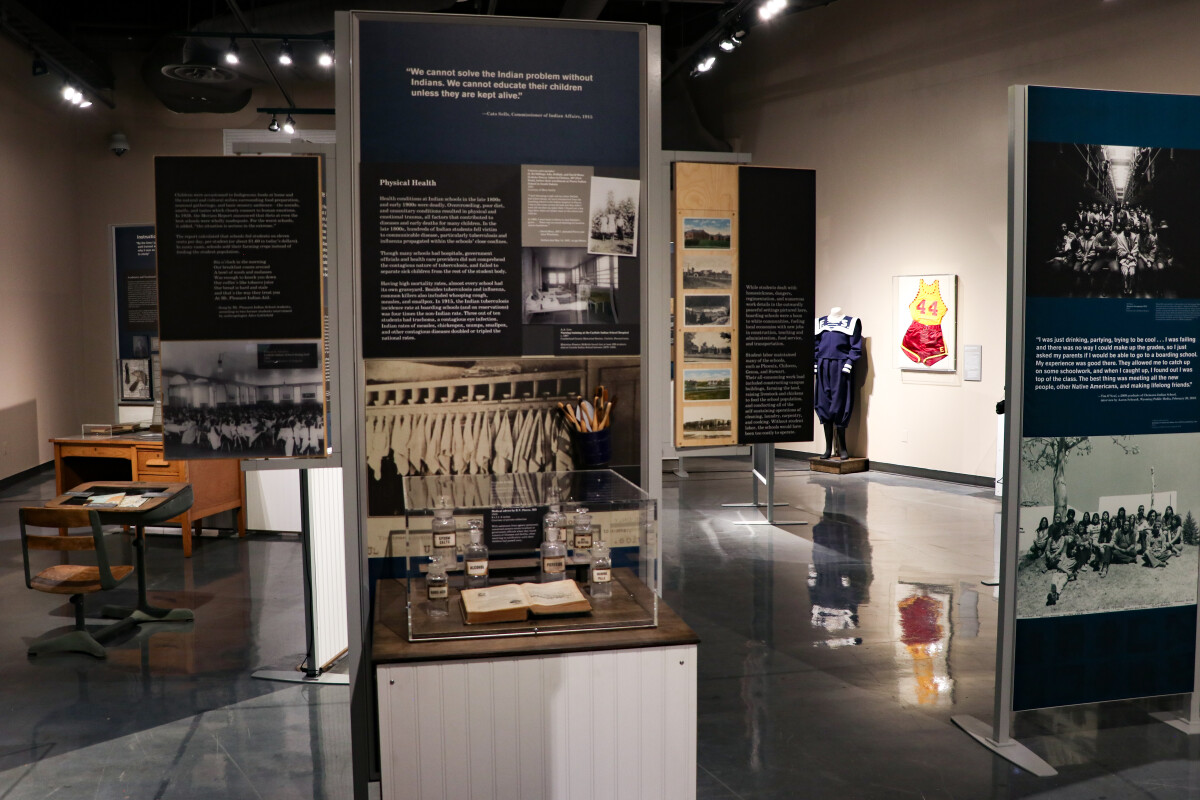
Away from Home Virtual Exhibition
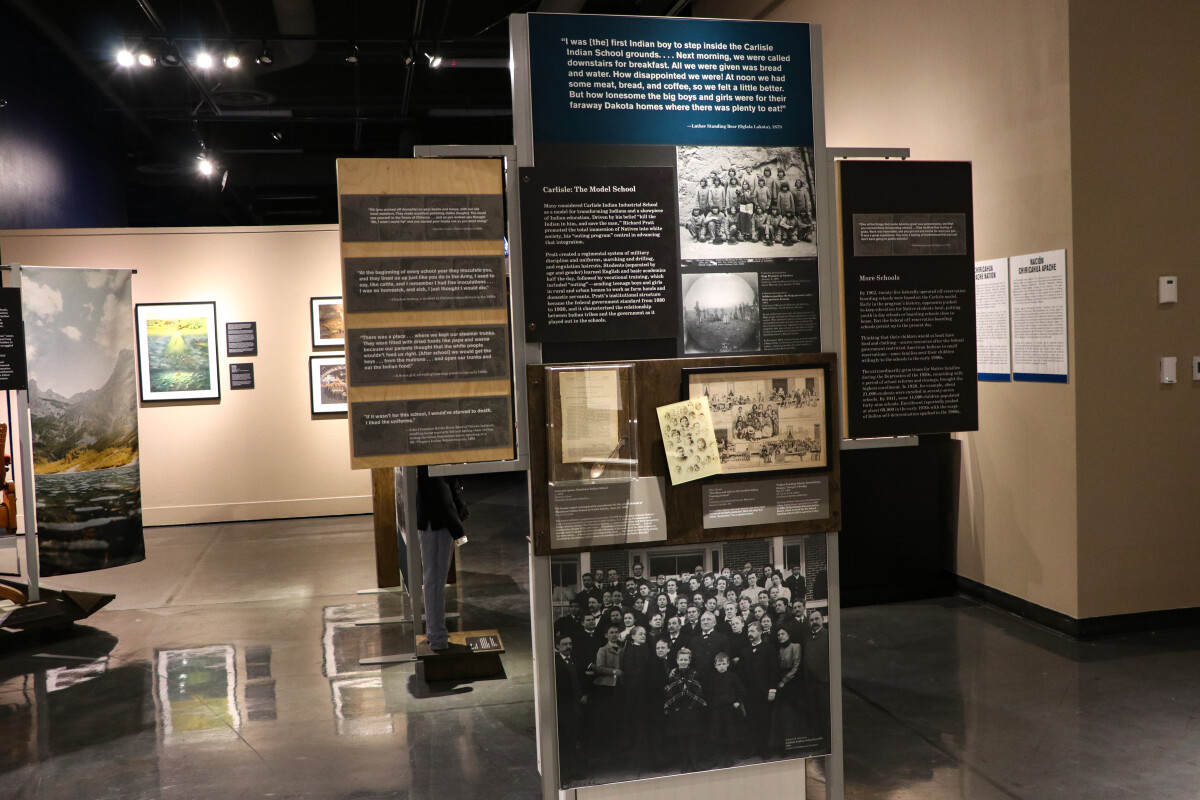
Away from Home Virtual Exhibition
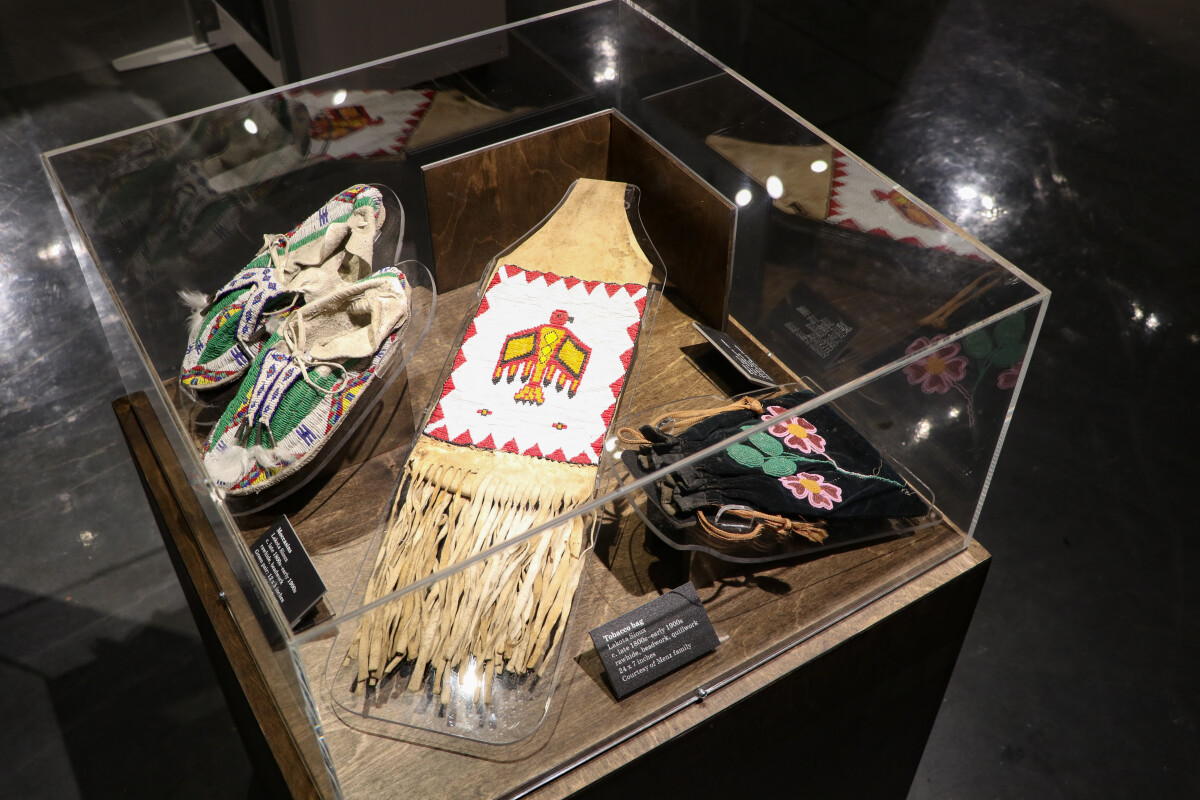
Away from Home Virtual Exhibition
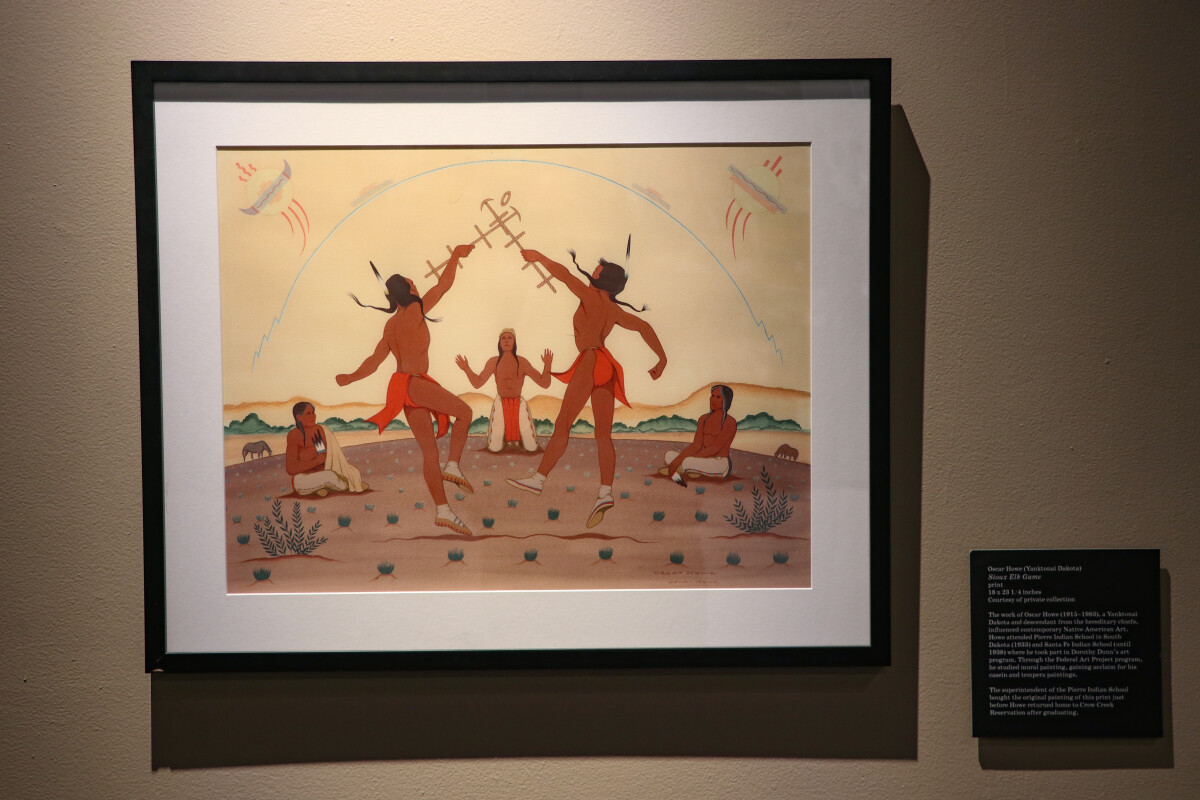
Away from Home Virtual Exhibition
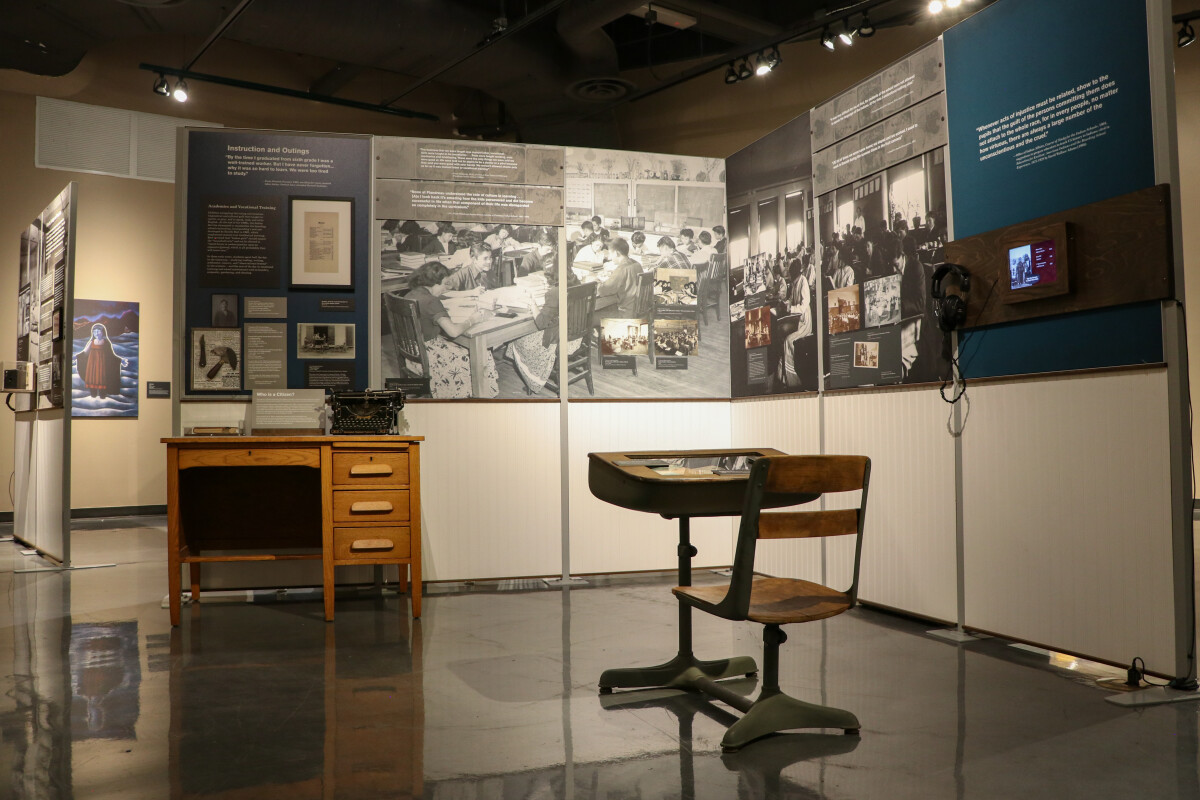
Away from Home Virtual Exhibition
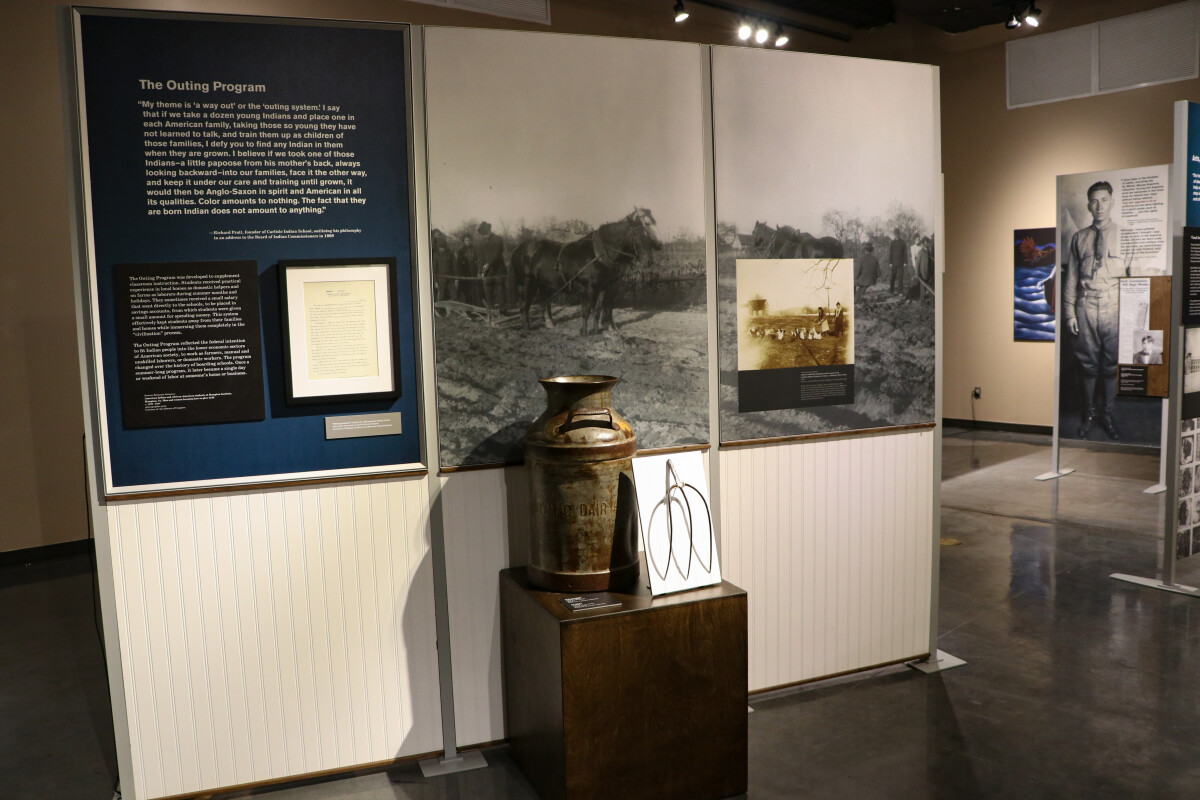
Away from Home Virtual Exhibition
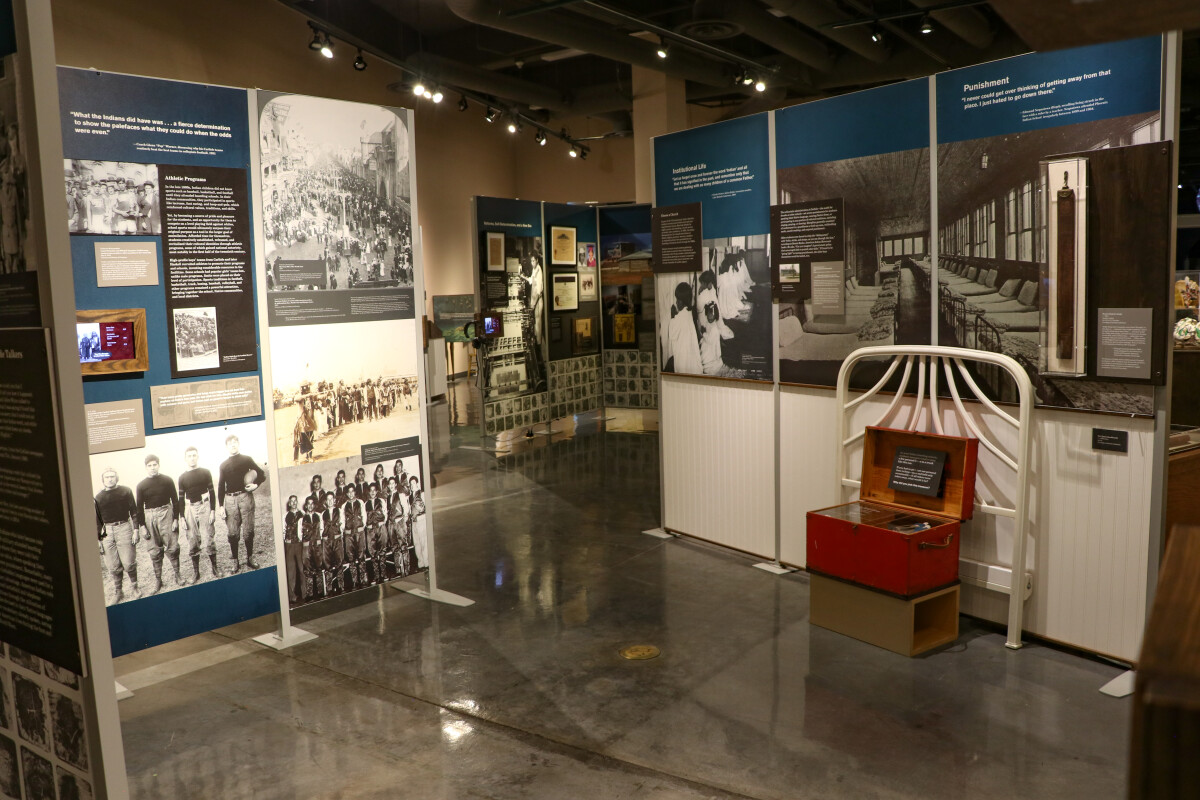
Away from Home Virtual Exhibition

Away from Home Virtual Exhibition
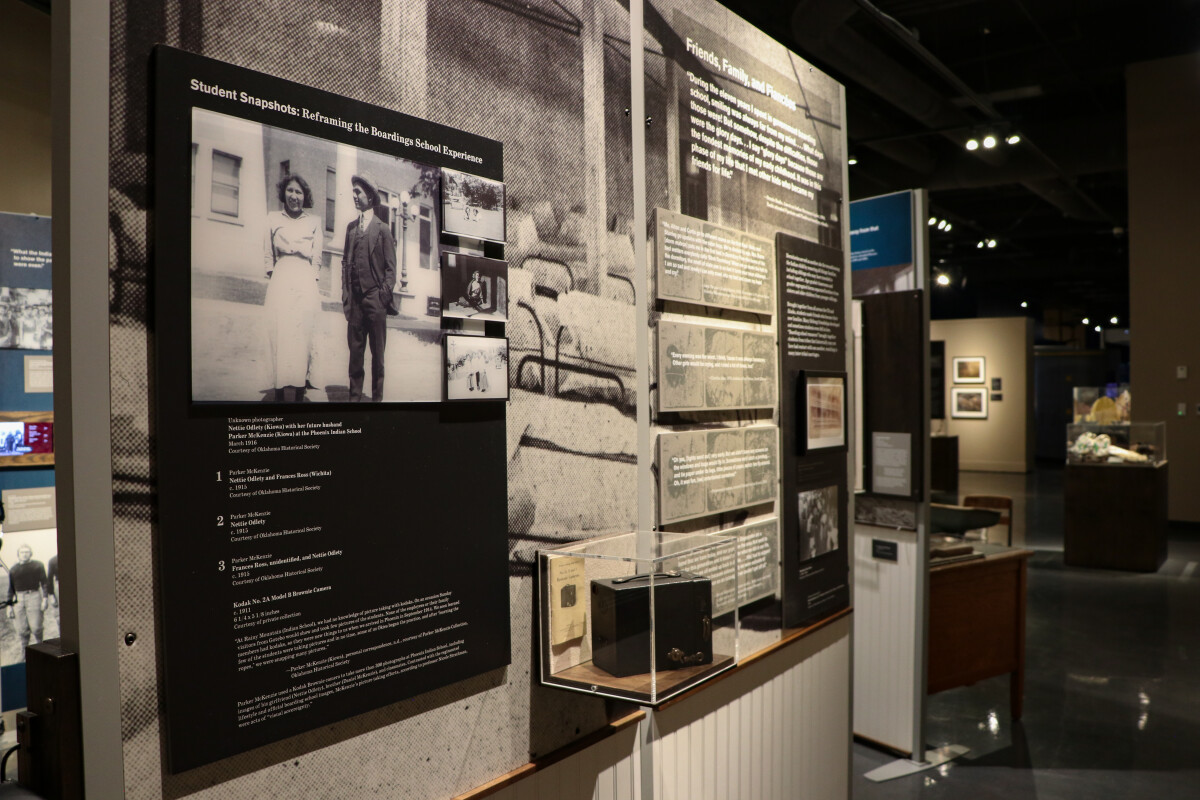
Away from Home Virtual Exhibition
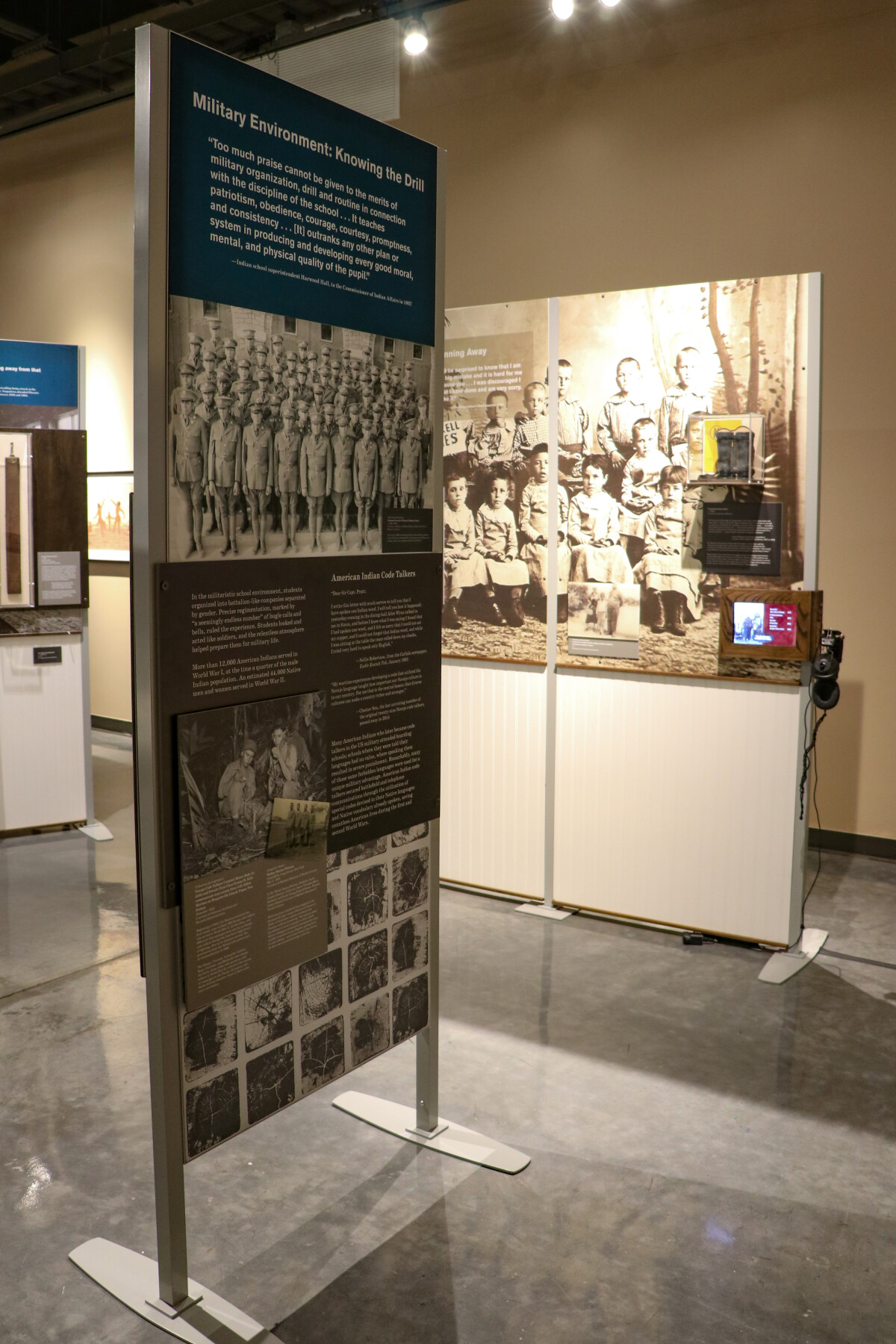
Away from Home Virtual Exhibition
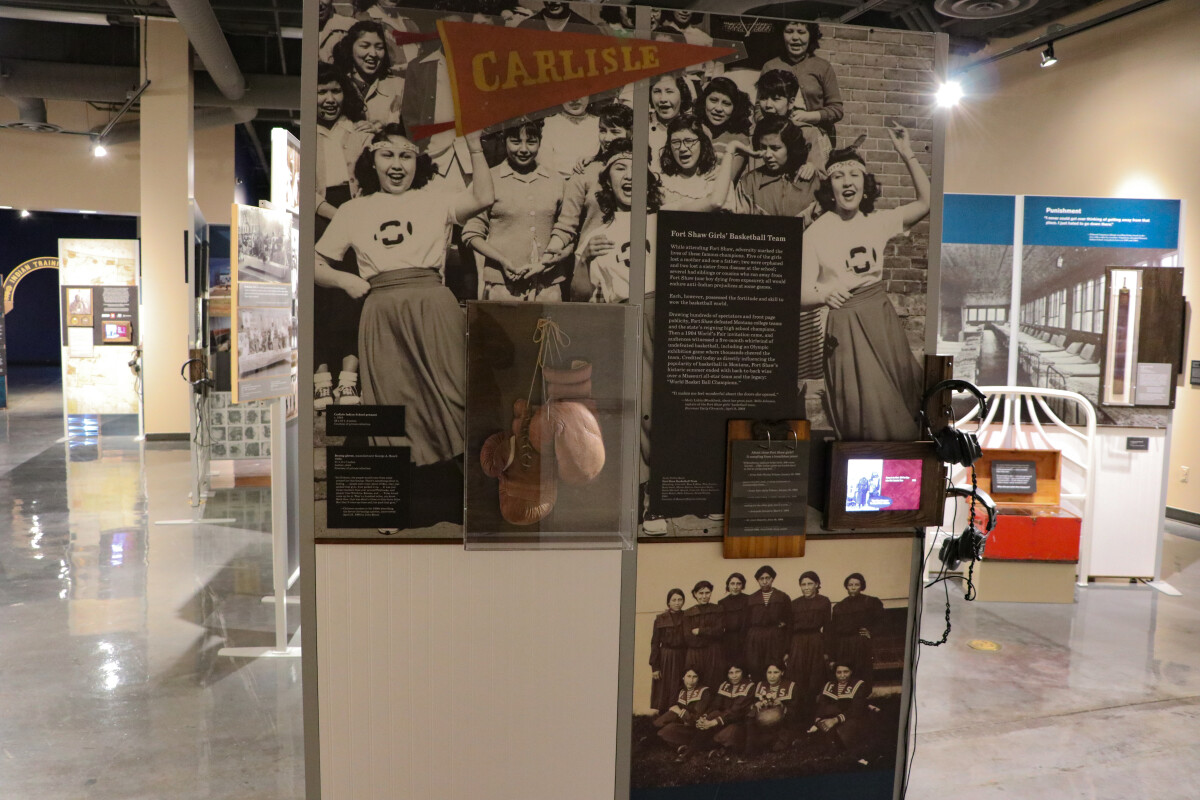
Away from Home Virtual Exhibition
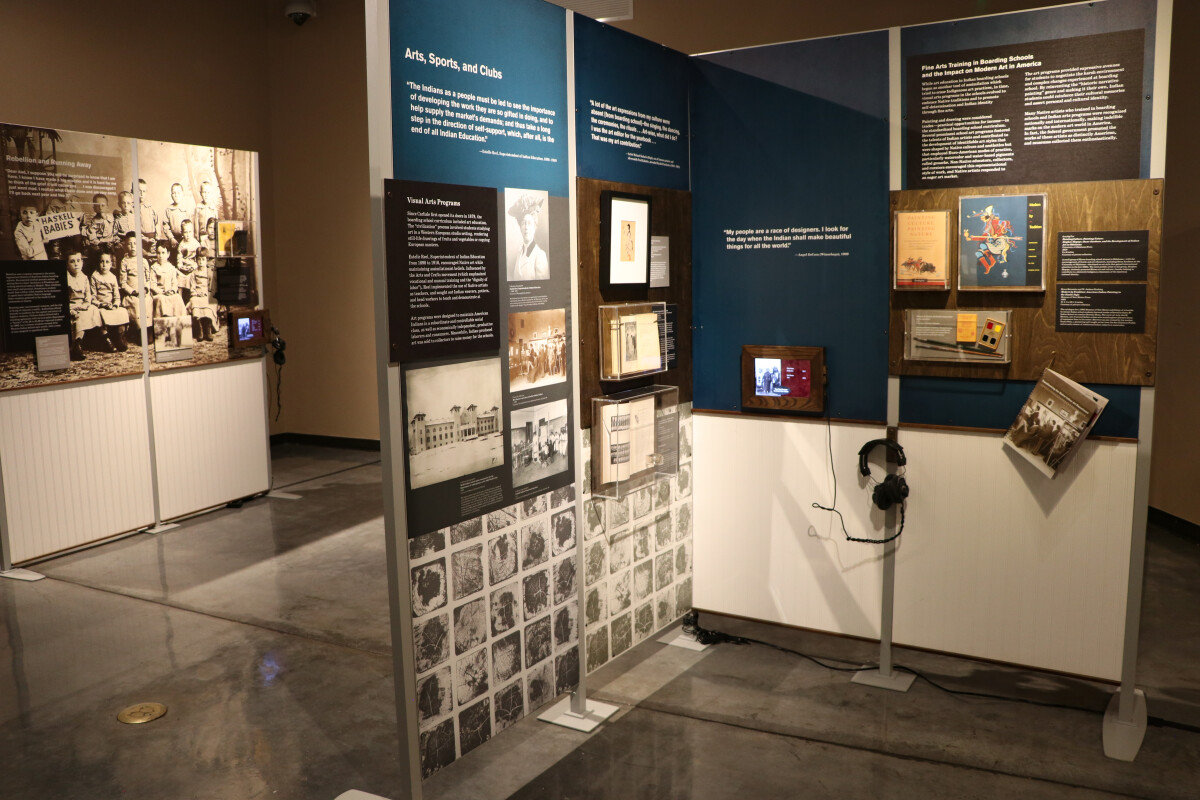
Away from Home Virtual Exhibition
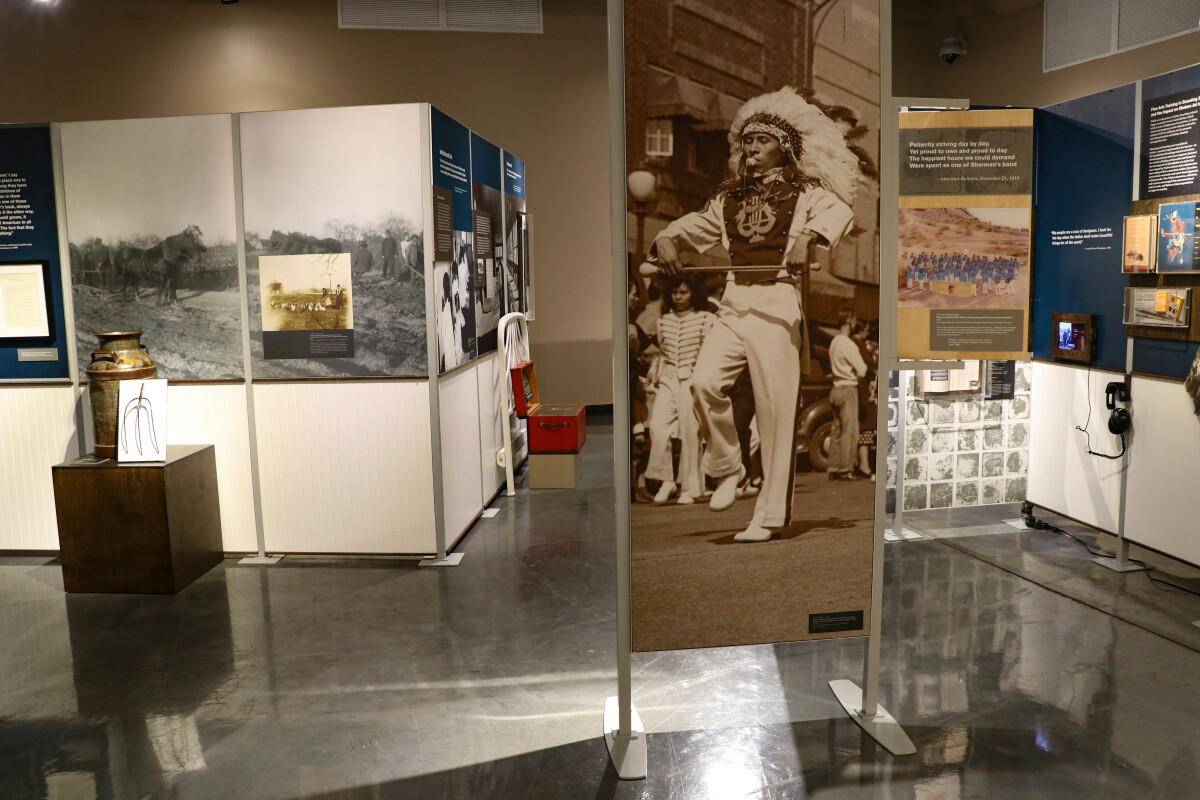
Away from Home Virtual Exhibition
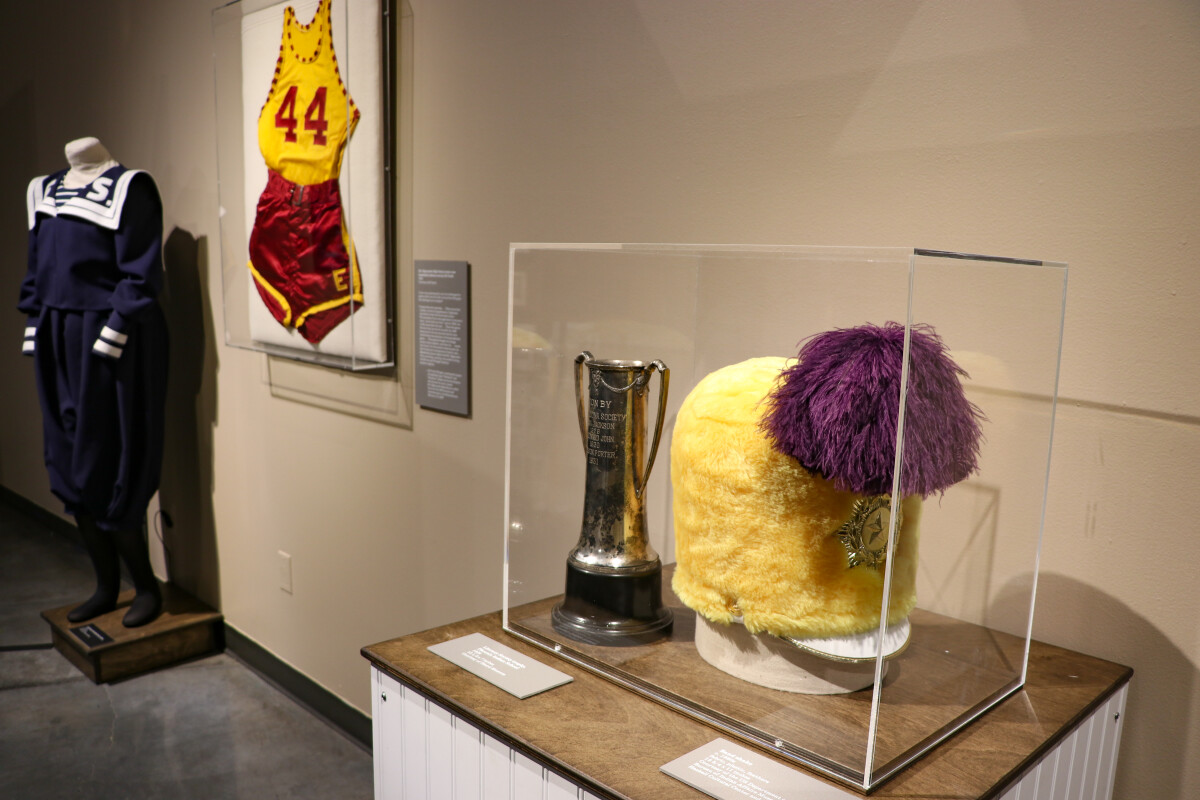
Away from Home Virtual Exhibition
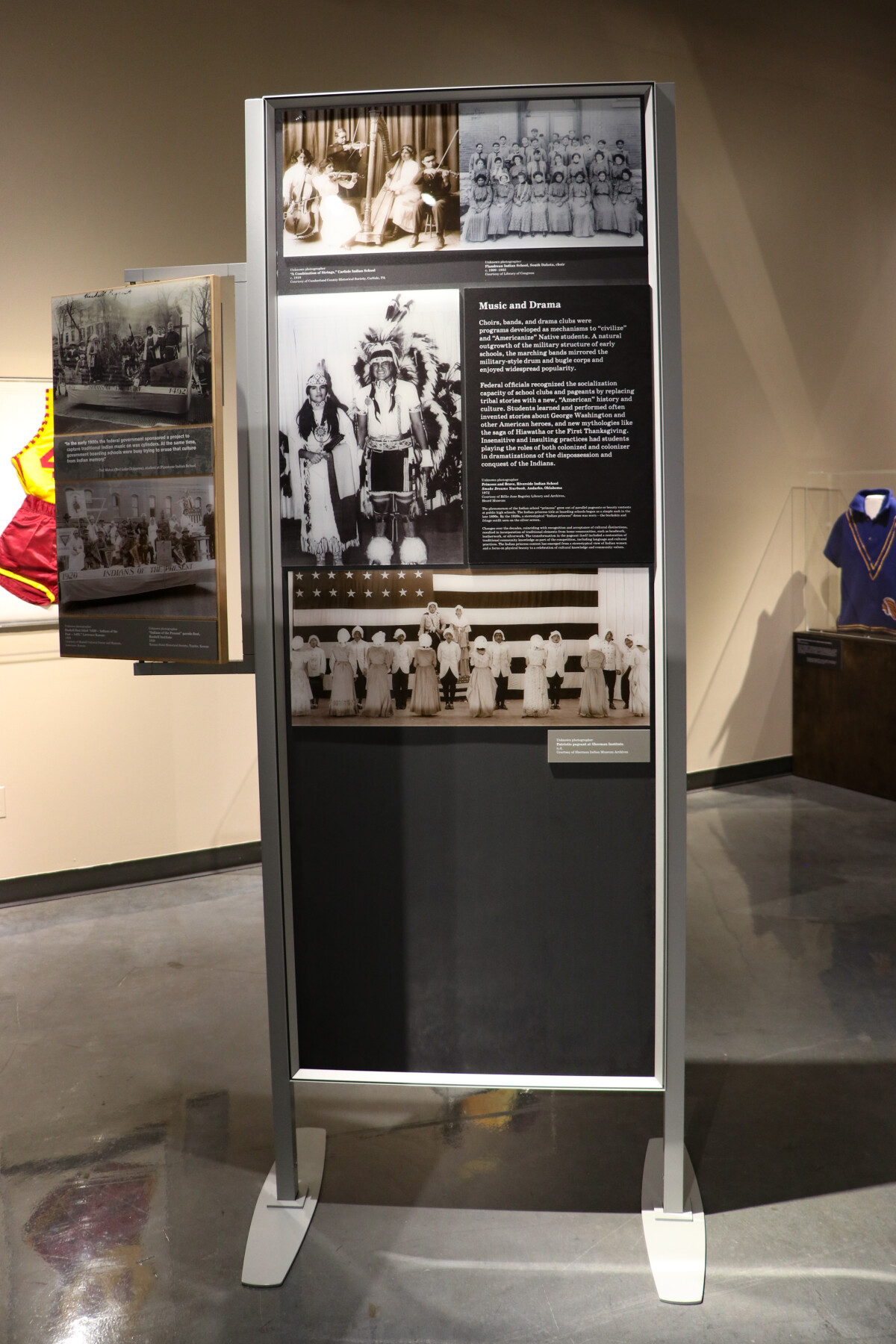
Away from Home Virtual Exhibition
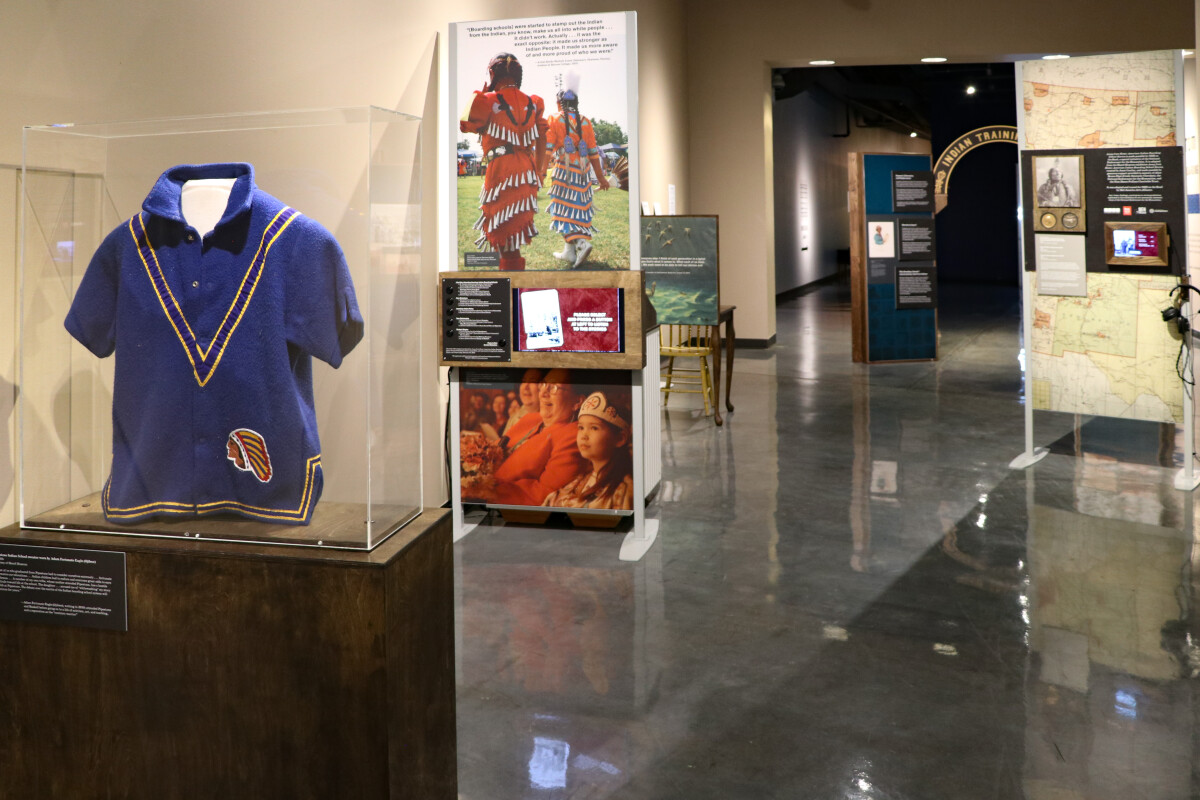
Away from Home Virtual Exhibition
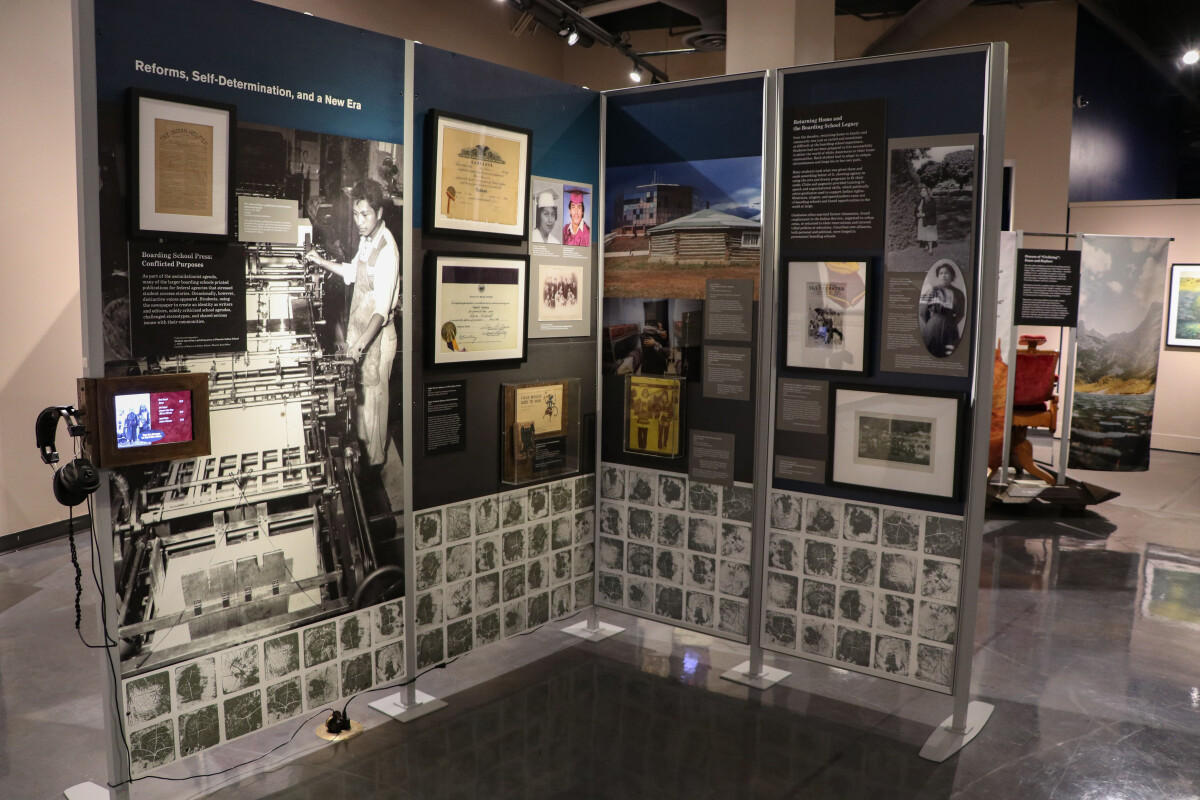
Away from Home Virtual Exhibition
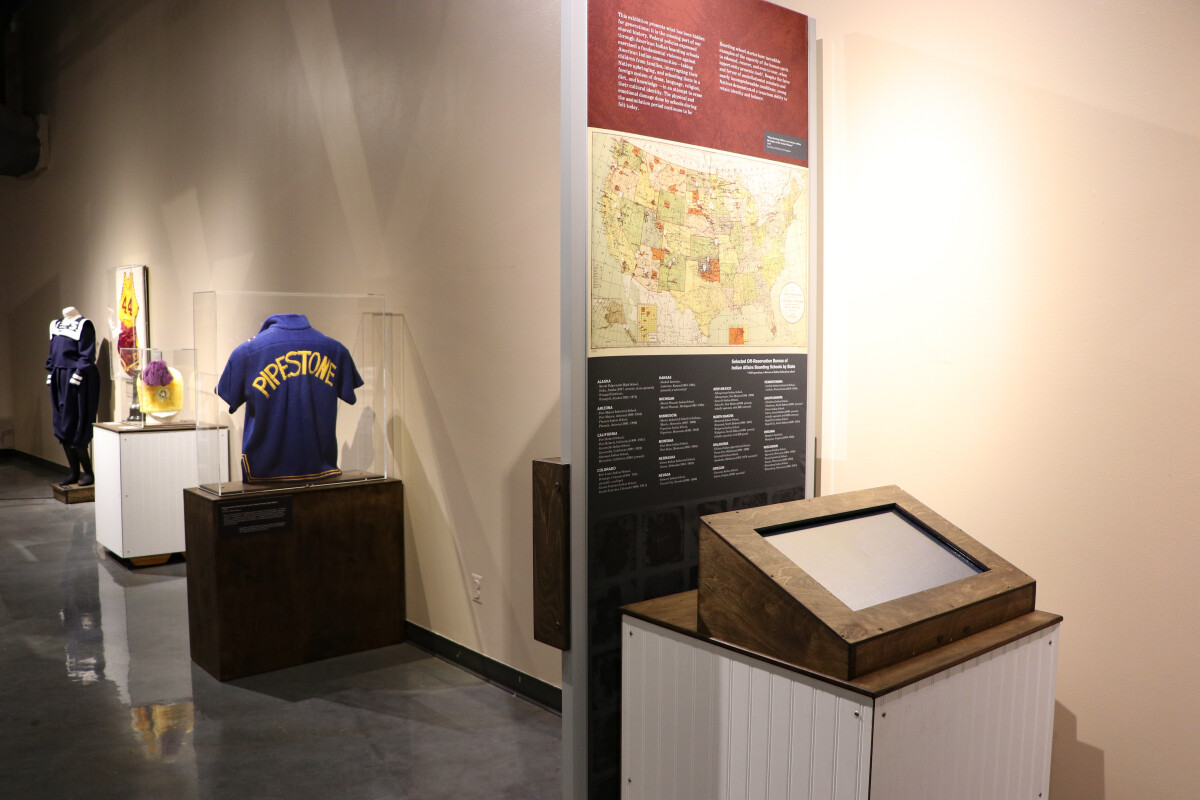
Away from Home Virtual Exhibition
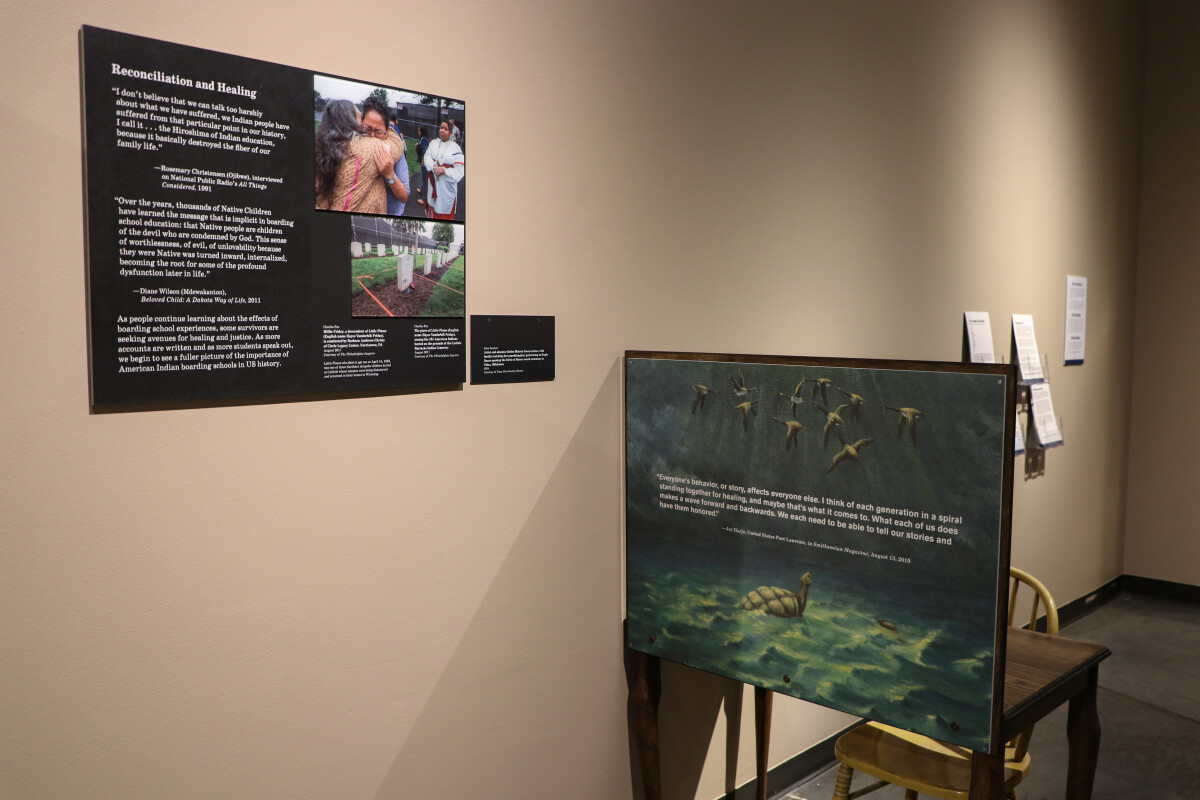
Away from Home Virtual Exhibition
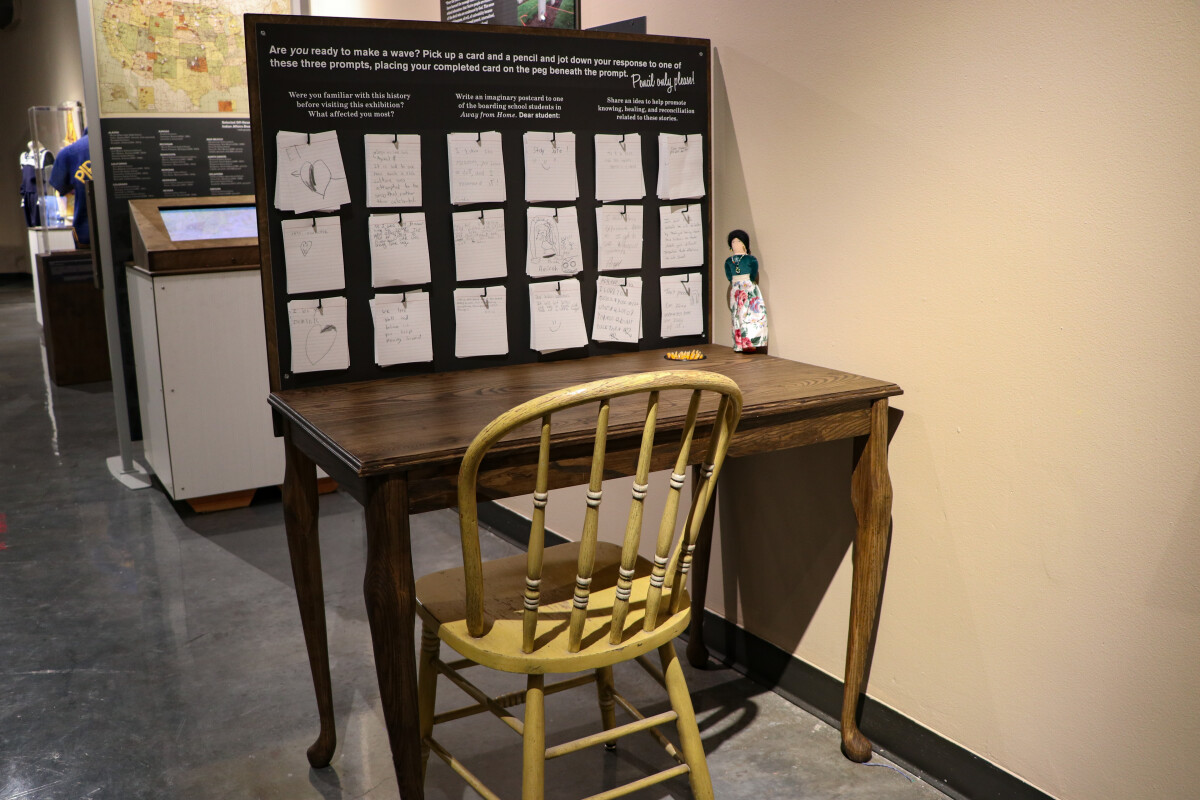
Away from Home: American Indian Boarding School Stories Virtual Exhibition
Beginning in the 1870s, the US government attempted to educate and assimilate American Indians into “civilized” society by placing children—of all ages, from thousands of homes and hundreds of diverse tribes—in distant, residential boarding schools. Many were forcibly taken from their families and communities and stripped of all signs of “Indianness,” even forbidden to speak their own language amongst themselves. Up until the 1930s, students were trained for domestic work and trade in a highly regimented environment. Many children went years without familial contact, and these events had a lasting, generational impact. "Away from Home: American Indian Boarding School Stories" explores off-reservation boarding schools in a kaleidoscope of voices. NOTE: "Away from Home" contains stories of resilience and revitalization, agency and honor. Please be aware that it also contains descriptions of human indignities and hardships and terms that reflect historically racist perspectives and language from past eras. In speaking the truth about acts of seemingly unfathomable violence and suffering in the lives of Native peoples, this exhibition is advised for more mature audience members, grades eight to adult.
Area: Central / Downtown
Source: El Paso Museum of History
Uploaded by: El Paso Museum of History
Away from Home: American Indian Boarding School Stories Virtual Exhibition
Beginning in the 1870s, the US government attempted to educate and assimilate American Indians into “civilized” society by placing children—of all ages, from thousands of homes and hundreds of diverse tribes—in distant, residential boarding schools. Many were forcibly taken from their families and communities and stripped of all signs of “Indianness,” even forbidden to speak their own language amongst themselves. Up until the 1930s, students were trained for domestic work and trade in a highly regimented environment. Many children went years without familial contact, and these events had a lasting, generational impact. "Away from Home: American Indian Boarding School Stories" explores off-reservation boarding schools in a kaleidoscope of voices. NOTE: "Away from Home" contains stories of resilience and revitalization, agency and honor. Please be aware that it also contains descriptions of human indignities and hardships and terms that reflect historically racist perspectives and language from past eras. In speaking the truth about acts of seemingly unfathomable violence and suffering in the lives of Native peoples, this exhibition is advised for more mature audience members, grades eight to adult.
Area: Central / Downtown
Source: El Paso Museum of History
Uploaded by: El Paso Museum of History
Away from Home: American Indian Boarding School Stories Virtual Exhibition
Beginning in the 1870s, the US government attempted to educate and assimilate American Indians into “civilized” society by placing children—of all ages, from thousands of homes and hundreds of diverse tribes—in distant, residential boarding schools. Many were forcibly taken from their families and communities and stripped of all signs of “Indianness,” even forbidden to speak their own language amongst themselves. Up until the 1930s, students were trained for domestic work and trade in a highly regimented environment. Many children went years without familial contact, and these events had a lasting, generational impact. "Away from Home: American Indian Boarding School Stories" explores off-reservation boarding schools in a kaleidoscope of voices. NOTE: "Away from Home" contains stories of resilience and revitalization, agency and honor. Please be aware that it also contains descriptions of human indignities and hardships and terms that reflect historically racist perspectives and language from past eras. In speaking the truth about acts of seemingly unfathomable violence and suffering in the lives of Native peoples, this exhibition is advised for more mature audience members, grades eight to adult.
Area: Central / Downtown
Source: El Paso Museum of History
Uploaded by: El Paso Museum of History
Away from Home: American Indian Boarding School Stories Virtual Exhibition
Beginning in the 1870s, the US government attempted to educate and assimilate American Indians into “civilized” society by placing children—of all ages, from thousands of homes and hundreds of diverse tribes—in distant, residential boarding schools. Many were forcibly taken from their families and communities and stripped of all signs of “Indianness,” even forbidden to speak their own language amongst themselves. Up until the 1930s, students were trained for domestic work and trade in a highly regimented environment. Many children went years without familial contact, and these events had a lasting, generational impact. "Away from Home: American Indian Boarding School Stories" explores off-reservation boarding schools in a kaleidoscope of voices. NOTE: "Away from Home" contains stories of resilience and revitalization, agency and honor. Please be aware that it also contains descriptions of human indignities and hardships and terms that reflect historically racist perspectives and language from past eras. In speaking the truth about acts of seemingly unfathomable violence and suffering in the lives of Native peoples, this exhibition is advised for more mature audience members, grades eight to adult.
Area: Central / Downtown
Source: El Paso Museum of History
Uploaded by: El Paso Museum of History
Away from Home: American Indian Boarding School Stories Virtual Exhibition
Beginning in the 1870s, the US government attempted to educate and assimilate American Indians into “civilized” society by placing children—of all ages, from thousands of homes and hundreds of diverse tribes—in distant, residential boarding schools. Many were forcibly taken from their families and communities and stripped of all signs of “Indianness,” even forbidden to speak their own language amongst themselves. Up until the 1930s, students were trained for domestic work and trade in a highly regimented environment. Many children went years without familial contact, and these events had a lasting, generational impact. "Away from Home: American Indian Boarding School Stories" explores off-reservation boarding schools in a kaleidoscope of voices. NOTE: "Away from Home" contains stories of resilience and revitalization, agency and honor. Please be aware that it also contains descriptions of human indignities and hardships and terms that reflect historically racist perspectives and language from past eras. In speaking the truth about acts of seemingly unfathomable violence and suffering in the lives of Native peoples, this exhibition is advised for more mature audience members, grades eight to adult.
Area: Central / Downtown
Source: El Paso Museum of History
Uploaded by: El Paso Museum of History
Away from Home: American Indian Boarding School Stories Virtual Exhibition
Beginning in the 1870s, the US government attempted to educate and assimilate American Indians into “civilized” society by placing children—of all ages, from thousands of homes and hundreds of diverse tribes—in distant, residential boarding schools. Many were forcibly taken from their families and communities and stripped of all signs of “Indianness,” even forbidden to speak their own language amongst themselves. Up until the 1930s, students were trained for domestic work and trade in a highly regimented environment. Many children went years without familial contact, and these events had a lasting, generational impact. "Away from Home: American Indian Boarding School Stories" explores off-reservation boarding schools in a kaleidoscope of voices. NOTE: "Away from Home" contains stories of resilience and revitalization, agency and honor. Please be aware that it also contains descriptions of human indignities and hardships and terms that reflect historically racist perspectives and language from past eras. In speaking the truth about acts of seemingly unfathomable violence and suffering in the lives of Native peoples, this exhibition is advised for more mature audience members, grades eight to adult.
Area: Central / Downtown
Source: El Paso Museum of History
Uploaded by: El Paso Museum of History
Away from Home: American Indian Boarding School Stories Virtual Exhibition
Beginning in the 1870s, the US government attempted to educate and assimilate American Indians into “civilized” society by placing children—of all ages, from thousands of homes and hundreds of diverse tribes—in distant, residential boarding schools. Many were forcibly taken from their families and communities and stripped of all signs of “Indianness,” even forbidden to speak their own language amongst themselves. Up until the 1930s, students were trained for domestic work and trade in a highly regimented environment. Many children went years without familial contact, and these events had a lasting, generational impact. "Away from Home: American Indian Boarding School Stories" explores off-reservation boarding schools in a kaleidoscope of voices. NOTE: "Away from Home" contains stories of resilience and revitalization, agency and honor. Please be aware that it also contains descriptions of human indignities and hardships and terms that reflect historically racist perspectives and language from past eras. In speaking the truth about acts of seemingly unfathomable violence and suffering in the lives of Native peoples, this exhibition is advised for more mature audience members, grades eight to adult.
Area: Central / Downtown
Source: El Paso Museum of History
Uploaded by: El Paso Museum of History
Away from Home: American Indian Boarding School Stories Virtual Exhibition
Beginning in the 1870s, the US government attempted to educate and assimilate American Indians into “civilized” society by placing children—of all ages, from thousands of homes and hundreds of diverse tribes—in distant, residential boarding schools. Many were forcibly taken from their families and communities and stripped of all signs of “Indianness,” even forbidden to speak their own language amongst themselves. Up until the 1930s, students were trained for domestic work and trade in a highly regimented environment. Many children went years without familial contact, and these events had a lasting, generational impact. "Away from Home: American Indian Boarding School Stories" explores off-reservation boarding schools in a kaleidoscope of voices. NOTE: "Away from Home" contains stories of resilience and revitalization, agency and honor. Please be aware that it also contains descriptions of human indignities and hardships and terms that reflect historically racist perspectives and language from past eras. In speaking the truth about acts of seemingly unfathomable violence and suffering in the lives of Native peoples, this exhibition is advised for more mature audience members, grades eight to adult.
Area: Central / Downtown
Source: El Paso Museum of History
Uploaded by: El Paso Museum of History
Away from Home: American Indian Boarding School Stories Virtual Exhibition
Beginning in the 1870s, the US government attempted to educate and assimilate American Indians into “civilized” society by placing children—of all ages, from thousands of homes and hundreds of diverse tribes—in distant, residential boarding schools. Many were forcibly taken from their families and communities and stripped of all signs of “Indianness,” even forbidden to speak their own language amongst themselves. Up until the 1930s, students were trained for domestic work and trade in a highly regimented environment. Many children went years without familial contact, and these events had a lasting, generational impact. "Away from Home: American Indian Boarding School Stories" explores off-reservation boarding schools in a kaleidoscope of voices. NOTE: "Away from Home" contains stories of resilience and revitalization, agency and honor. Please be aware that it also contains descriptions of human indignities and hardships and terms that reflect historically racist perspectives and language from past eras. In speaking the truth about acts of seemingly unfathomable violence and suffering in the lives of Native peoples, this exhibition is advised for more mature audience members, grades eight to adult.
Area: Central / Downtown
Source: El Paso Museum of History
Uploaded by: El Paso Museum of History
Away from Home: American Indian Boarding School Stories Virtual Exhibition
Beginning in the 1870s, the US government attempted to educate and assimilate American Indians into “civilized” society by placing children—of all ages, from thousands of homes and hundreds of diverse tribes—in distant, residential boarding schools. Many were forcibly taken from their families and communities and stripped of all signs of “Indianness,” even forbidden to speak their own language amongst themselves. Up until the 1930s, students were trained for domestic work and trade in a highly regimented environment. Many children went years without familial contact, and these events had a lasting, generational impact. "Away from Home: American Indian Boarding School Stories" explores off-reservation boarding schools in a kaleidoscope of voices. NOTE: "Away from Home" contains stories of resilience and revitalization, agency and honor. Please be aware that it also contains descriptions of human indignities and hardships and terms that reflect historically racist perspectives and language from past eras. In speaking the truth about acts of seemingly unfathomable violence and suffering in the lives of Native peoples, this exhibition is advised for more mature audience members, grades eight to adult.
Area: Central / Downtown
Source: El Paso Museum of History
Uploaded by: El Paso Museum of History
Away from Home: American Indian Boarding School Stories Virtual Exhibition
Beginning in the 1870s, the US government attempted to educate and assimilate American Indians into “civilized” society by placing children—of all ages, from thousands of homes and hundreds of diverse tribes—in distant, residential boarding schools. Many were forcibly taken from their families and communities and stripped of all signs of “Indianness,” even forbidden to speak their own language amongst themselves. Up until the 1930s, students were trained for domestic work and trade in a highly regimented environment. Many children went years without familial contact, and these events had a lasting, generational impact. "Away from Home: American Indian Boarding School Stories" explores off-reservation boarding schools in a kaleidoscope of voices. NOTE: "Away from Home" contains stories of resilience and revitalization, agency and honor. Please be aware that it also contains descriptions of human indignities and hardships and terms that reflect historically racist perspectives and language from past eras. In speaking the truth about acts of seemingly unfathomable violence and suffering in the lives of Native peoples, this exhibition is advised for more mature audience members, grades eight to adult.
Area: Central / Downtown
Source: El Paso Museum of History
Uploaded by: El Paso Museum of History
Away from Home: American Indian Boarding School Stories Virtual Exhibition
Beginning in the 1870s, the US government attempted to educate and assimilate American Indians into “civilized” society by placing children—of all ages, from thousands of homes and hundreds of diverse tribes—in distant, residential boarding schools. Many were forcibly taken from their families and communities and stripped of all signs of “Indianness,” even forbidden to speak their own language amongst themselves. Up until the 1930s, students were trained for domestic work and trade in a highly regimented environment. Many children went years without familial contact, and these events had a lasting, generational impact. "Away from Home: American Indian Boarding School Stories" explores off-reservation boarding schools in a kaleidoscope of voices. NOTE: "Away from Home" contains stories of resilience and revitalization, agency and honor. Please be aware that it also contains descriptions of human indignities and hardships and terms that reflect historically racist perspectives and language from past eras. In speaking the truth about acts of seemingly unfathomable violence and suffering in the lives of Native peoples, this exhibition is advised for more mature audience members, grades eight to adult.
Area: Central / Downtown
Source: El Paso Museum of History
Uploaded by: El Paso Museum of History
Away from Home: American Indian Boarding School Stories Virtual Exhibition
Beginning in the 1870s, the US government attempted to educate and assimilate American Indians into “civilized” society by placing children—of all ages, from thousands of homes and hundreds of diverse tribes—in distant, residential boarding schools. Many were forcibly taken from their families and communities and stripped of all signs of “Indianness,” even forbidden to speak their own language amongst themselves. Up until the 1930s, students were trained for domestic work and trade in a highly regimented environment. Many children went years without familial contact, and these events had a lasting, generational impact. "Away from Home: American Indian Boarding School Stories" explores off-reservation boarding schools in a kaleidoscope of voices. NOTE: "Away from Home" contains stories of resilience and revitalization, agency and honor. Please be aware that it also contains descriptions of human indignities and hardships and terms that reflect historically racist perspectives and language from past eras. In speaking the truth about acts of seemingly unfathomable violence and suffering in the lives of Native peoples, this exhibition is advised for more mature audience members, grades eight to adult.
Area: Central / Downtown
Source: El Paso Museum of History
Uploaded by: El Paso Museum of History
Away from Home: American Indian Boarding School Stories Virtual Exhibition
Beginning in the 1870s, the US government attempted to educate and assimilate American Indians into “civilized” society by placing children—of all ages, from thousands of homes and hundreds of diverse tribes—in distant, residential boarding schools. Many were forcibly taken from their families and communities and stripped of all signs of “Indianness,” even forbidden to speak their own language amongst themselves. Up until the 1930s, students were trained for domestic work and trade in a highly regimented environment. Many children went years without familial contact, and these events had a lasting, generational impact. "Away from Home: American Indian Boarding School Stories" explores off-reservation boarding schools in a kaleidoscope of voices. NOTE: "Away from Home" contains stories of resilience and revitalization, agency and honor. Please be aware that it also contains descriptions of human indignities and hardships and terms that reflect historically racist perspectives and language from past eras. In speaking the truth about acts of seemingly unfathomable violence and suffering in the lives of Native peoples, this exhibition is advised for more mature audience members, grades eight to adult.
Area: Central / Downtown
Source: El Paso Museum of History
Uploaded by: El Paso Museum of History
Away from Home: American Indian Boarding School Stories Virtual Exhibition
Beginning in the 1870s, the US government attempted to educate and assimilate American Indians into “civilized” society by placing children—of all ages, from thousands of homes and hundreds of diverse tribes—in distant, residential boarding schools. Many were forcibly taken from their families and communities and stripped of all signs of “Indianness,” even forbidden to speak their own language amongst themselves. Up until the 1930s, students were trained for domestic work and trade in a highly regimented environment. Many children went years without familial contact, and these events had a lasting, generational impact. "Away from Home: American Indian Boarding School Stories" explores off-reservation boarding schools in a kaleidoscope of voices. NOTE: "Away from Home" contains stories of resilience and revitalization, agency and honor. Please be aware that it also contains descriptions of human indignities and hardships and terms that reflect historically racist perspectives and language from past eras. In speaking the truth about acts of seemingly unfathomable violence and suffering in the lives of Native peoples, this exhibition is advised for more mature audience members, grades eight to adult.
Area: Central / Downtown
Source: El Paso Museum of History
Uploaded by: El Paso Museum of History
Away from Home: American Indian Boarding School Stories Virtual Exhibition
Beginning in the 1870s, the US government attempted to educate and assimilate American Indians into “civilized” society by placing children—of all ages, from thousands of homes and hundreds of diverse tribes—in distant, residential boarding schools. Many were forcibly taken from their families and communities and stripped of all signs of “Indianness,” even forbidden to speak their own language amongst themselves. Up until the 1930s, students were trained for domestic work and trade in a highly regimented environment. Many children went years without familial contact, and these events had a lasting, generational impact. "Away from Home: American Indian Boarding School Stories" explores off-reservation boarding schools in a kaleidoscope of voices. NOTE: "Away from Home" contains stories of resilience and revitalization, agency and honor. Please be aware that it also contains descriptions of human indignities and hardships and terms that reflect historically racist perspectives and language from past eras. In speaking the truth about acts of seemingly unfathomable violence and suffering in the lives of Native peoples, this exhibition is advised for more mature audience members, grades eight to adult.
Area: Central / Downtown
Source: El Paso Museum of History
Uploaded by: El Paso Museum of History
Away from Home: American Indian Boarding School Stories Virtual Exhibition
Beginning in the 1870s, the US government attempted to educate and assimilate American Indians into “civilized” society by placing children—of all ages, from thousands of homes and hundreds of diverse tribes—in distant, residential boarding schools. Many were forcibly taken from their families and communities and stripped of all signs of “Indianness,” even forbidden to speak their own language amongst themselves. Up until the 1930s, students were trained for domestic work and trade in a highly regimented environment. Many children went years without familial contact, and these events had a lasting, generational impact. "Away from Home: American Indian Boarding School Stories" explores off-reservation boarding schools in a kaleidoscope of voices. NOTE: "Away from Home" contains stories of resilience and revitalization, agency and honor. Please be aware that it also contains descriptions of human indignities and hardships and terms that reflect historically racist perspectives and language from past eras. In speaking the truth about acts of seemingly unfathomable violence and suffering in the lives of Native peoples, this exhibition is advised for more mature audience members, grades eight to adult.
Area: Central / Downtown
Source: El Paso Museum of History
Uploaded by: El Paso Museum of History
Away from Home: American Indian Boarding School Stories Virtual Exhibition
Beginning in the 1870s, the US government attempted to educate and assimilate American Indians into “civilized” society by placing children—of all ages, from thousands of homes and hundreds of diverse tribes—in distant, residential boarding schools. Many were forcibly taken from their families and communities and stripped of all signs of “Indianness,” even forbidden to speak their own language amongst themselves. Up until the 1930s, students were trained for domestic work and trade in a highly regimented environment. Many children went years without familial contact, and these events had a lasting, generational impact. "Away from Home: American Indian Boarding School Stories" explores off-reservation boarding schools in a kaleidoscope of voices. NOTE: "Away from Home" contains stories of resilience and revitalization, agency and honor. Please be aware that it also contains descriptions of human indignities and hardships and terms that reflect historically racist perspectives and language from past eras. In speaking the truth about acts of seemingly unfathomable violence and suffering in the lives of Native peoples, this exhibition is advised for more mature audience members, grades eight to adult.
Area: Central / Downtown
Source: El Paso Museum of History
Uploaded by: El Paso Museum of History
Away from Home: American Indian Boarding School Stories Virtual Exhibition
Beginning in the 1870s, the US government attempted to educate and assimilate American Indians into “civilized” society by placing children—of all ages, from thousands of homes and hundreds of diverse tribes—in distant, residential boarding schools. Many were forcibly taken from their families and communities and stripped of all signs of “Indianness,” even forbidden to speak their own language amongst themselves. Up until the 1930s, students were trained for domestic work and trade in a highly regimented environment. Many children went years without familial contact, and these events had a lasting, generational impact. "Away from Home: American Indian Boarding School Stories" explores off-reservation boarding schools in a kaleidoscope of voices. NOTE: "Away from Home" contains stories of resilience and revitalization, agency and honor. Please be aware that it also contains descriptions of human indignities and hardships and terms that reflect historically racist perspectives and language from past eras. In speaking the truth about acts of seemingly unfathomable violence and suffering in the lives of Native peoples, this exhibition is advised for more mature audience members, grades eight to adult.
Area: Central / Downtown
Source: El Paso Museum of History
Uploaded by: El Paso Museum of History
Away from Home: American Indian Boarding School Stories Virtual Exhibition
Beginning in the 1870s, the US government attempted to educate and assimilate American Indians into “civilized” society by placing children—of all ages, from thousands of homes and hundreds of diverse tribes—in distant, residential boarding schools. Many were forcibly taken from their families and communities and stripped of all signs of “Indianness,” even forbidden to speak their own language amongst themselves. Up until the 1930s, students were trained for domestic work and trade in a highly regimented environment. Many children went years without familial contact, and these events had a lasting, generational impact. "Away from Home: American Indian Boarding School Stories" explores off-reservation boarding schools in a kaleidoscope of voices. NOTE: "Away from Home" contains stories of resilience and revitalization, agency and honor. Please be aware that it also contains descriptions of human indignities and hardships and terms that reflect historically racist perspectives and language from past eras. In speaking the truth about acts of seemingly unfathomable violence and suffering in the lives of Native peoples, this exhibition is advised for more mature audience members, grades eight to adult.
Area: Central / Downtown
Source: El Paso Museum of History
Uploaded by: El Paso Museum of History
Away from Home: American Indian Boarding School Stories Virtual Exhibition
Beginning in the 1870s, the US government attempted to educate and assimilate American Indians into “civilized” society by placing children—of all ages, from thousands of homes and hundreds of diverse tribes—in distant, residential boarding schools. Many were forcibly taken from their families and communities and stripped of all signs of “Indianness,” even forbidden to speak their own language amongst themselves. Up until the 1930s, students were trained for domestic work and trade in a highly regimented environment. Many children went years without familial contact, and these events had a lasting, generational impact. "Away from Home: American Indian Boarding School Stories" explores off-reservation boarding schools in a kaleidoscope of voices. NOTE: "Away from Home" contains stories of resilience and revitalization, agency and honor. Please be aware that it also contains descriptions of human indignities and hardships and terms that reflect historically racist perspectives and language from past eras. In speaking the truth about acts of seemingly unfathomable violence and suffering in the lives of Native peoples, this exhibition is advised for more mature audience members, grades eight to adult.
Area: Central / Downtown
Source: El Paso Museum of History
Uploaded by: El Paso Museum of History
Away from Home: American Indian Boarding School Stories Virtual Exhibition
Beginning in the 1870s, the US government attempted to educate and assimilate American Indians into “civilized” society by placing children—of all ages, from thousands of homes and hundreds of diverse tribes—in distant, residential boarding schools. Many were forcibly taken from their families and communities and stripped of all signs of “Indianness,” even forbidden to speak their own language amongst themselves. Up until the 1930s, students were trained for domestic work and trade in a highly regimented environment. Many children went years without familial contact, and these events had a lasting, generational impact. "Away from Home: American Indian Boarding School Stories" explores off-reservation boarding schools in a kaleidoscope of voices. NOTE: "Away from Home" contains stories of resilience and revitalization, agency and honor. Please be aware that it also contains descriptions of human indignities and hardships and terms that reflect historically racist perspectives and language from past eras. In speaking the truth about acts of seemingly unfathomable violence and suffering in the lives of Native peoples, this exhibition is advised for more mature audience members, grades eight to adult.
Area: Central / Downtown
Source: El Paso Museum of History
Uploaded by: El Paso Museum of History
Away from Home: American Indian Boarding School Stories Virtual Exhibition
Beginning in the 1870s, the US government attempted to educate and assimilate American Indians into “civilized” society by placing children—of all ages, from thousands of homes and hundreds of diverse tribes—in distant, residential boarding schools. Many were forcibly taken from their families and communities and stripped of all signs of “Indianness,” even forbidden to speak their own language amongst themselves. Up until the 1930s, students were trained for domestic work and trade in a highly regimented environment. Many children went years without familial contact, and these events had a lasting, generational impact. "Away from Home: American Indian Boarding School Stories" explores off-reservation boarding schools in a kaleidoscope of voices. NOTE: "Away from Home" contains stories of resilience and revitalization, agency and honor. Please be aware that it also contains descriptions of human indignities and hardships and terms that reflect historically racist perspectives and language from past eras. In speaking the truth about acts of seemingly unfathomable violence and suffering in the lives of Native peoples, this exhibition is advised for more mature audience members, grades eight to adult.
Area: Central / Downtown
Source: El Paso Museum of History
Uploaded by: El Paso Museum of History
Away from Home: American Indian Boarding School Stories Virtual Exhibition
Beginning in the 1870s, the US government attempted to educate and assimilate American Indians into “civilized” society by placing children—of all ages, from thousands of homes and hundreds of diverse tribes—in distant, residential boarding schools. Many were forcibly taken from their families and communities and stripped of all signs of “Indianness,” even forbidden to speak their own language amongst themselves. Up until the 1930s, students were trained for domestic work and trade in a highly regimented environment. Many children went years without familial contact, and these events had a lasting, generational impact. "Away from Home: American Indian Boarding School Stories" explores off-reservation boarding schools in a kaleidoscope of voices. NOTE: "Away from Home" contains stories of resilience and revitalization, agency and honor. Please be aware that it also contains descriptions of human indignities and hardships and terms that reflect historically racist perspectives and language from past eras. In speaking the truth about acts of seemingly unfathomable violence and suffering in the lives of Native peoples, this exhibition is advised for more mature audience members, grades eight to adult.
Area: Central / Downtown
Source: El Paso Museum of History
Uploaded by: El Paso Museum of History
Away from Home: American Indian Boarding School Stories Virtual Exhibition
Beginning in the 1870s, the US government attempted to educate and assimilate American Indians into “civilized” society by placing children—of all ages, from thousands of homes and hundreds of diverse tribes—in distant, residential boarding schools. Many were forcibly taken from their families and communities and stripped of all signs of “Indianness,” even forbidden to speak their own language amongst themselves. Up until the 1930s, students were trained for domestic work and trade in a highly regimented environment. Many children went years without familial contact, and these events had a lasting, generational impact. "Away from Home: American Indian Boarding School Stories" explores off-reservation boarding schools in a kaleidoscope of voices. NOTE: "Away from Home" contains stories of resilience and revitalization, agency and honor. Please be aware that it also contains descriptions of human indignities and hardships and terms that reflect historically racist perspectives and language from past eras. In speaking the truth about acts of seemingly unfathomable violence and suffering in the lives of Native peoples, this exhibition is advised for more mature audience members, grades eight to adult.
Area: Central / Downtown
Source: El Paso Museum of History
Uploaded by: El Paso Museum of History
Away from Home: American Indian Boarding School Stories Virtual Exhibition
Beginning in the 1870s, the US government attempted to educate and assimilate American Indians into “civilized” society by placing children—of all ages, from thousands of homes and hundreds of diverse tribes—in distant, residential boarding schools. Many were forcibly taken from their families and communities and stripped of all signs of “Indianness,” even forbidden to speak their own language amongst themselves. Up until the 1930s, students were trained for domestic work and trade in a highly regimented environment. Many children went years without familial contact, and these events had a lasting, generational impact. "Away from Home: American Indian Boarding School Stories" explores off-reservation boarding schools in a kaleidoscope of voices. NOTE: "Away from Home" contains stories of resilience and revitalization, agency and honor. Please be aware that it also contains descriptions of human indignities and hardships and terms that reflect historically racist perspectives and language from past eras. In speaking the truth about acts of seemingly unfathomable violence and suffering in the lives of Native peoples, this exhibition is advised for more mature audience members, grades eight to adult.
Area: Central / Downtown
Source: El Paso Museum of History
Uploaded by: El Paso Museum of History
Away from Home: American Indian Boarding School Stories Virtual Exhibition
Beginning in the 1870s, the US government attempted to educate and assimilate American Indians into “civilized” society by placing children—of all ages, from thousands of homes and hundreds of diverse tribes—in distant, residential boarding schools. Many were forcibly taken from their families and communities and stripped of all signs of “Indianness,” even forbidden to speak their own language amongst themselves. Up until the 1930s, students were trained for domestic work and trade in a highly regimented environment. Many children went years without familial contact, and these events had a lasting, generational impact. "Away from Home: American Indian Boarding School Stories" explores off-reservation boarding schools in a kaleidoscope of voices. NOTE: "Away from Home" contains stories of resilience and revitalization, agency and honor. Please be aware that it also contains descriptions of human indignities and hardships and terms that reflect historically racist perspectives and language from past eras. In speaking the truth about acts of seemingly unfathomable violence and suffering in the lives of Native peoples, this exhibition is advised for more mature audience members, grades eight to adult.
Area: Central / Downtown
Source: El Paso Museum of History
Uploaded by: El Paso Museum of History
Away from Home: American Indian Boarding School Stories Virtual Exhibition
Beginning in the 1870s, the US government attempted to educate and assimilate American Indians into “civilized” society by placing children—of all ages, from thousands of homes and hundreds of diverse tribes—in distant, residential boarding schools. Many were forcibly taken from their families and communities and stripped of all signs of “Indianness,” even forbidden to speak their own language amongst themselves. Up until the 1930s, students were trained for domestic work and trade in a highly regimented environment. Many children went years without familial contact, and these events had a lasting, generational impact. "Away from Home: American Indian Boarding School Stories" explores off-reservation boarding schools in a kaleidoscope of voices. NOTE: "Away from Home" contains stories of resilience and revitalization, agency and honor. Please be aware that it also contains descriptions of human indignities and hardships and terms that reflect historically racist perspectives and language from past eras. In speaking the truth about acts of seemingly unfathomable violence and suffering in the lives of Native peoples, this exhibition is advised for more mature audience members, grades eight to adult.
Area: Central / Downtown
Source: El Paso Museum of History
Uploaded by: El Paso Museum of History
Away from Home: American Indian Boarding School Stories Virtual Exhibition
Beginning in the 1870s, the US government attempted to educate and assimilate American Indians into “civilized” society by placing children—of all ages, from thousands of homes and hundreds of diverse tribes—in distant, residential boarding schools. Many were forcibly taken from their families and communities and stripped of all signs of “Indianness,” even forbidden to speak their own language amongst themselves. Up until the 1930s, students were trained for domestic work and trade in a highly regimented environment. Many children went years without familial contact, and these events had a lasting, generational impact. "Away from Home: American Indian Boarding School Stories" explores off-reservation boarding schools in a kaleidoscope of voices. NOTE: "Away from Home" contains stories of resilience and revitalization, agency and honor. Please be aware that it also contains descriptions of human indignities and hardships and terms that reflect historically racist perspectives and language from past eras. In speaking the truth about acts of seemingly unfathomable violence and suffering in the lives of Native peoples, this exhibition is advised for more mature audience members, grades eight to adult.
Area: Central / Downtown
Source: El Paso Museum of History
Uploaded by: El Paso Museum of History
Away from Home: American Indian Boarding School Stories Virtual Exhibition
Beginning in the 1870s, the US government attempted to educate and assimilate American Indians into “civilized” society by placing children—of all ages, from thousands of homes and hundreds of diverse tribes—in distant, residential boarding schools. Many were forcibly taken from their families and communities and stripped of all signs of “Indianness,” even forbidden to speak their own language amongst themselves. Up until the 1930s, students were trained for domestic work and trade in a highly regimented environment. Many children went years without familial contact, and these events had a lasting, generational impact. "Away from Home: American Indian Boarding School Stories" explores off-reservation boarding schools in a kaleidoscope of voices. NOTE: "Away from Home" contains stories of resilience and revitalization, agency and honor. Please be aware that it also contains descriptions of human indignities and hardships and terms that reflect historically racist perspectives and language from past eras. In speaking the truth about acts of seemingly unfathomable violence and suffering in the lives of Native peoples, this exhibition is advised for more mature audience members, grades eight to adult.
Area: Central / Downtown
Source: El Paso Museum of History
Uploaded by: El Paso Museum of History
Away from Home: American Indian Boarding School Stories Virtual Exhibition
Beginning in the 1870s, the US government attempted to educate and assimilate American Indians into “civilized” society by placing children—of all ages, from thousands of homes and hundreds of diverse tribes—in distant, residential boarding schools. Many were forcibly taken from their families and communities and stripped of all signs of “Indianness,” even forbidden to speak their own language amongst themselves. Up until the 1930s, students were trained for domestic work and trade in a highly regimented environment. Many children went years without familial contact, and these events had a lasting, generational impact. "Away from Home: American Indian Boarding School Stories" explores off-reservation boarding schools in a kaleidoscope of voices. NOTE: "Away from Home" contains stories of resilience and revitalization, agency and honor. Please be aware that it also contains descriptions of human indignities and hardships and terms that reflect historically racist perspectives and language from past eras. In speaking the truth about acts of seemingly unfathomable violence and suffering in the lives of Native peoples, this exhibition is advised for more mature audience members, grades eight to adult.
Area: Central / Downtown
Source: El Paso Museum of History
Uploaded by: El Paso Museum of History
Report this entry
More from the same community-collection
Cold Pressed Juice & Yogurt Parfait
Our Detox II cold pressed juice is full of healthy benefits!. It ...
Spinach Wrap + Manhattan Smoothie
This is our famous Spinach Wrap, very healthy and delicious. You ...
Cactus - Downtown El Paso, Texas - 2017
Check out what started blooming here in Union Plaza! Not to ...
Cactus - Downtown El Paso, Texas - 2017
Check out what started blooming here in Union Plaza! Not to ...
Alex Carrillo and Lucy Carrillo- 1940 -1949
El Paso, Texas - Alex Carrillo and Lucy Carrillo during the war ...
Jesus and Andrea Medina - 1940 - 1949
Jesus and Andrea Medina during the war years. Jesus Medina was a ...
Sixto Frausto and Hortencia Frausto - 1942
"Sixto Frausto was known as "El Torro" to the men of Company E. ...
Chris Appelzoller and Alexander Appelzoller - 2016
Chris Appelzoller and Alexander Appelzoller - 2016 - El Paso, ...
Antonio Alvarado Sr. - 1900 - 1910 - El Paso, Texas
Tony Alvarado's father when he was about twenty years old. His ...
Emelia Barron - 1940 - El Paso, Texas
Emelia Barron - wife of Antonio Alvarado Sr. and mother of Tony ...
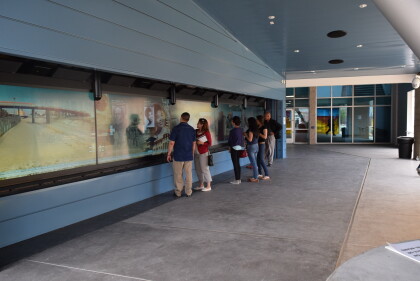
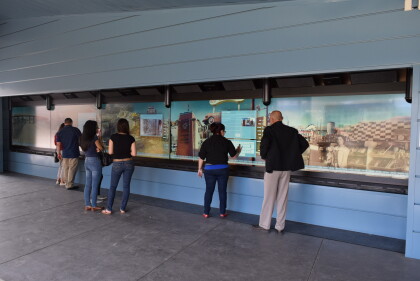
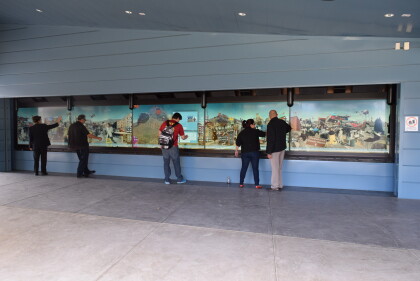







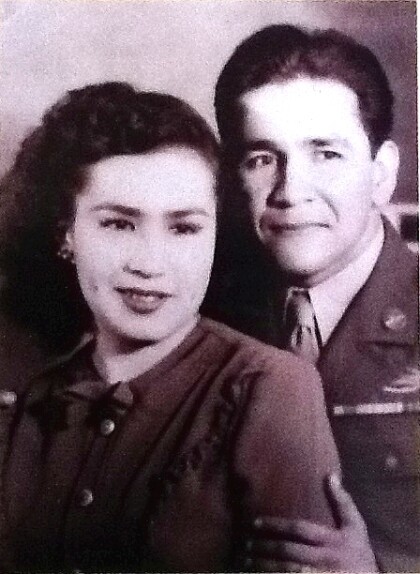
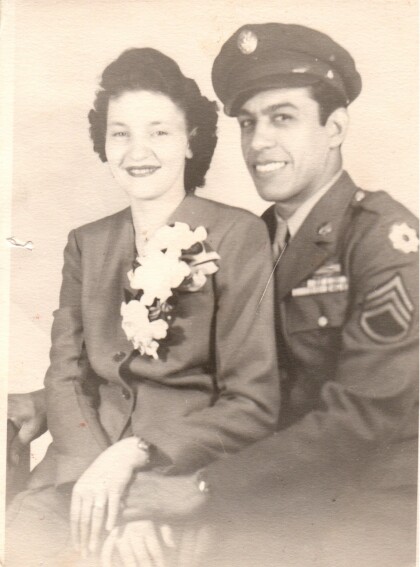
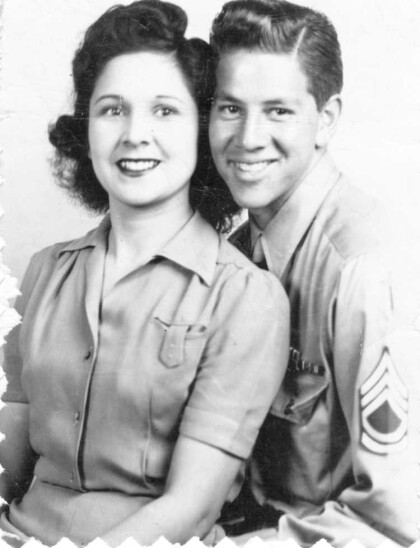
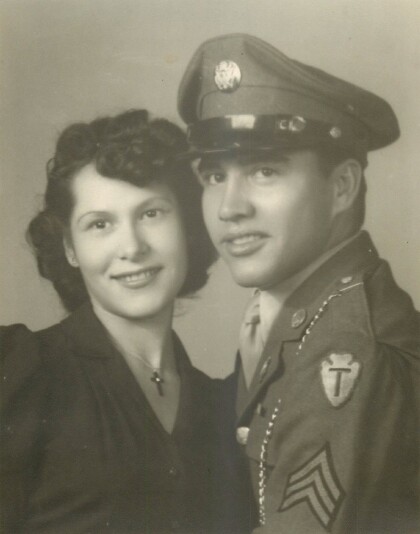
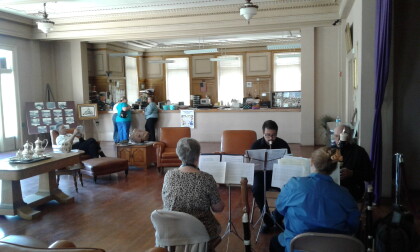
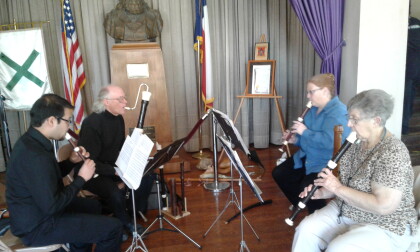
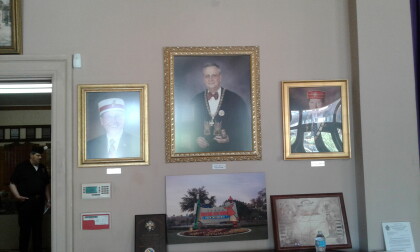
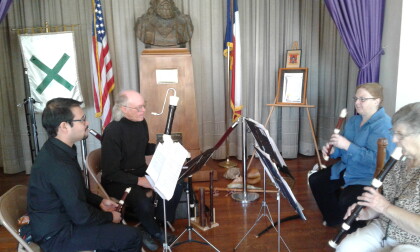
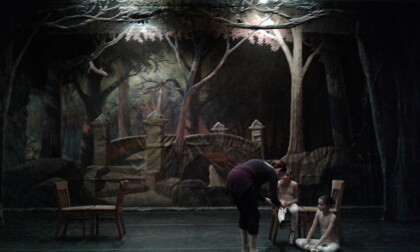

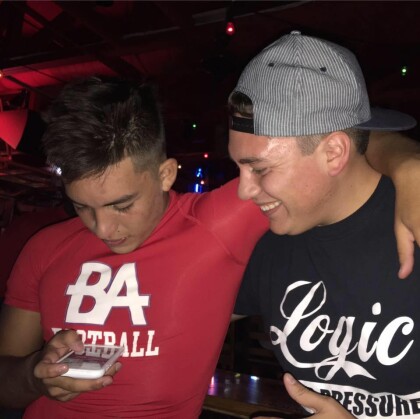
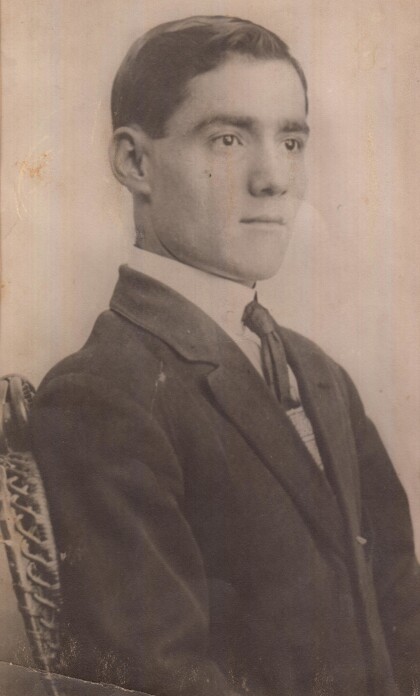
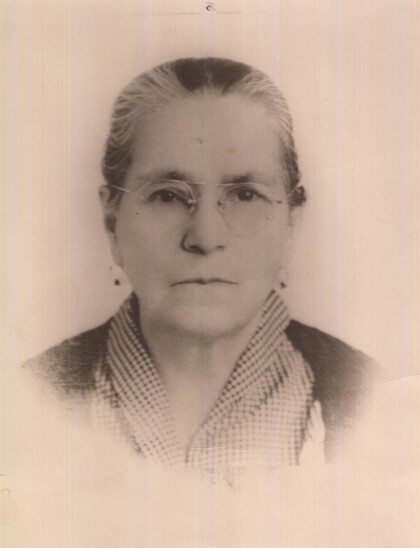
Comments
Add a comment